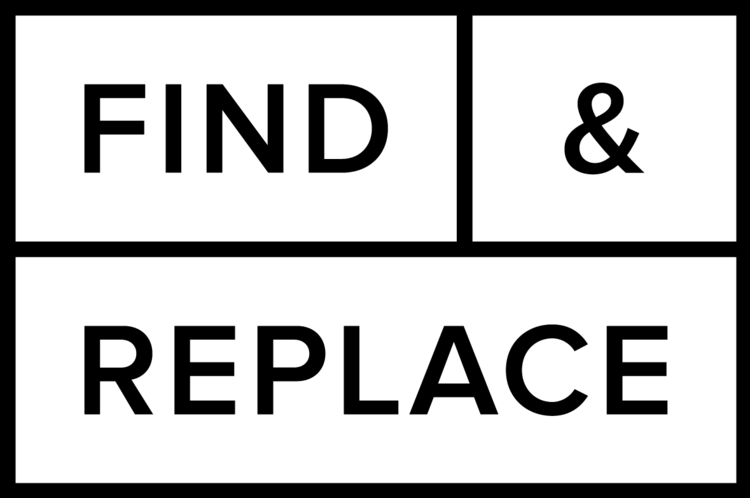SHE ENTERS THE ROOM.
A fashion editor enters a photographic studio to direct a shoot. A traumatic event has occurred the night before, the details of which are fragmented and unclear.
As the editor processes her experience, she finds herself entering the room again and again, until the memory of her trauma starts to emerge in the body and performance of the model.
INTRUSION is the second short film from writer/director Ming-Zhu Hii. A stylish and subtle psychological thriller, it examines power and violence in the fashion world, and the obligations on women to perpetuate cycles of violence and objectification of their own and others' bodies.
INTRUSION premiered in July 2018 as a Narrative Finalist at Heartland Film's Indy Shorts International Film Festival, and then went onto screen at LA Shorts International Film Festival at which it won Best Experimental Film. In April, 2019 it will be screening in International Competition at Cellu L’Art, Jena, Germany. For more information on the film's festival status, please contact the producers.
INTRUSION is represented for global sales exclusively by Kurzfilm Hamburg.
Technical Specs:
RUNNING TIME: 00:05:07
ASPECT RATIO: 4K / 1.9:1
25fps
PRESS KIT CONTENTS / CLICK TO DOWNLOAD
Short Synopsis
Director's Statement
Facts / Tech Specs
Full Cast & Crew List
Creator & Producer Biographies
Press Resources & Assets (incl. high-res stills)
Poster: Matthew Angel
DIRECTOR’S STATEMENT
I wrote and shot INTRUSION a little under two years prior to the #MeToo movement’s explosion into the mainstream. When sexual assault, sexual harassment and coercion in and around the workplace was discussed privately amongst women, but before a wave of collective power allowed us to begin to speak publicly with more chance of a recourse to justice.
It’s critical to point out that while this revolution is something of a cleansing fire, there is still a huge amount of violence and harassment being perpetuated behind the scenes. Kept quiet. Hushed up. Men are still behaving badly. Women are still being silenced.
Marion’s experience is not unique. Whatever happened to her the night before the film begins, she is fighting an immense internal battle to shut down the experience in her psyche. But the physical sensation of the experience won’t stop intruding on her. As Marion watches a hyper-sexualised photo shoot take place (that she herself is directing), the female model’s body stands in unequivocally for her own. Marion flinches in response to the camera’s shutter release. Each click a breath, a shove, a thrust.
The screenplay for this short was originally much more traditionally structured. The scenes we shot were far more narratively straightforward. But when we got into the edit, it became clear that in order for the feeling of what Marion was experiencing to be communicated, a new structure was required. A more conventional unfolding felt heavy-handed, melodramatic and at times worse: as if we were doing the immense subject a disservice by trying too hard to hammer home a point.
Sometimes the best way to be direct about an event’s impact on an individual is to be oblique. To infer rather than to describe. As we cut the film, I grew increasingly intrigued by the phenomenon of psychological intrusion in trauma sufferers, and how that might meet the physical performance theory of kinaesthetic empathy.
I started to consider the edit of INTRUSION through not only a poetic lens of suggestion and inference, but also one of the translation of intrusive thoughts into a cinematic form, using the motif of a repeated physical recapitulation of Marion’s entrance into a photographic studio in which she has experienced a physical trauma, and where she is now going back to work.
For me there are also layers upon layers of questions in this short text about the way in which we regard women’s bodies, the way in which women regard other women’s bodies and by virtue our own; and how we have come to accept and utilise the male gaze in our workplaces and our media as a default, no matter how damaging that is to both individuals and society.
I was motivated to play the role of Marion myself mostly for the purposes of economy, but perhaps also a little for the challenge. (Could I write, direct, co-produce and act in my own work? Answer: yes, but not without serious compromise.) However, the situation soon became a kind of strange, all-encompassing contract I made with the film. I had to write it from the outside-in and then re-author it from the inside-out. I don’t know whether I would have been able ultimately to discern the fragmented nature of the editing structure it required had I not been for the most part, experiencing Marion’s journey from the inside of the story itself.
INTRUSION took nearly two years to finish, which is a long time for a 5-minute film in anyone’s books. But when I hold the film it has become up against the script that was initially written, I feel like it absolutely had to take the many months it did for the real story of INTRUSION to unfold, for theories to be tested, ideas to be dispensed with, and for the structure — that is the intrusive fragmentation of Marion’s experience — to emerge as honestly and as clearly as it has.
- Ming-Zhu Hii, February 2018
NARRATIVE STILLS (credit on hover)
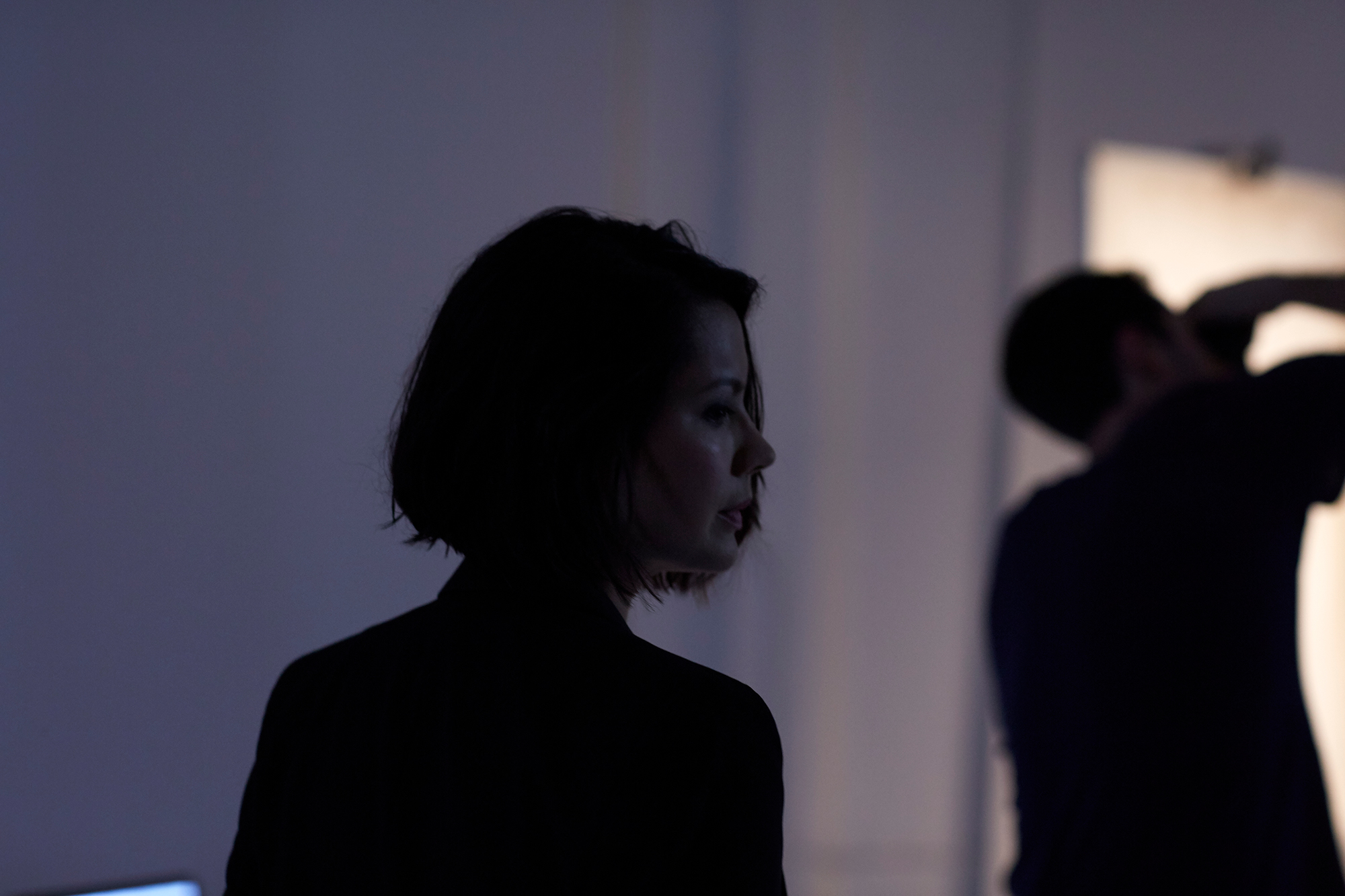
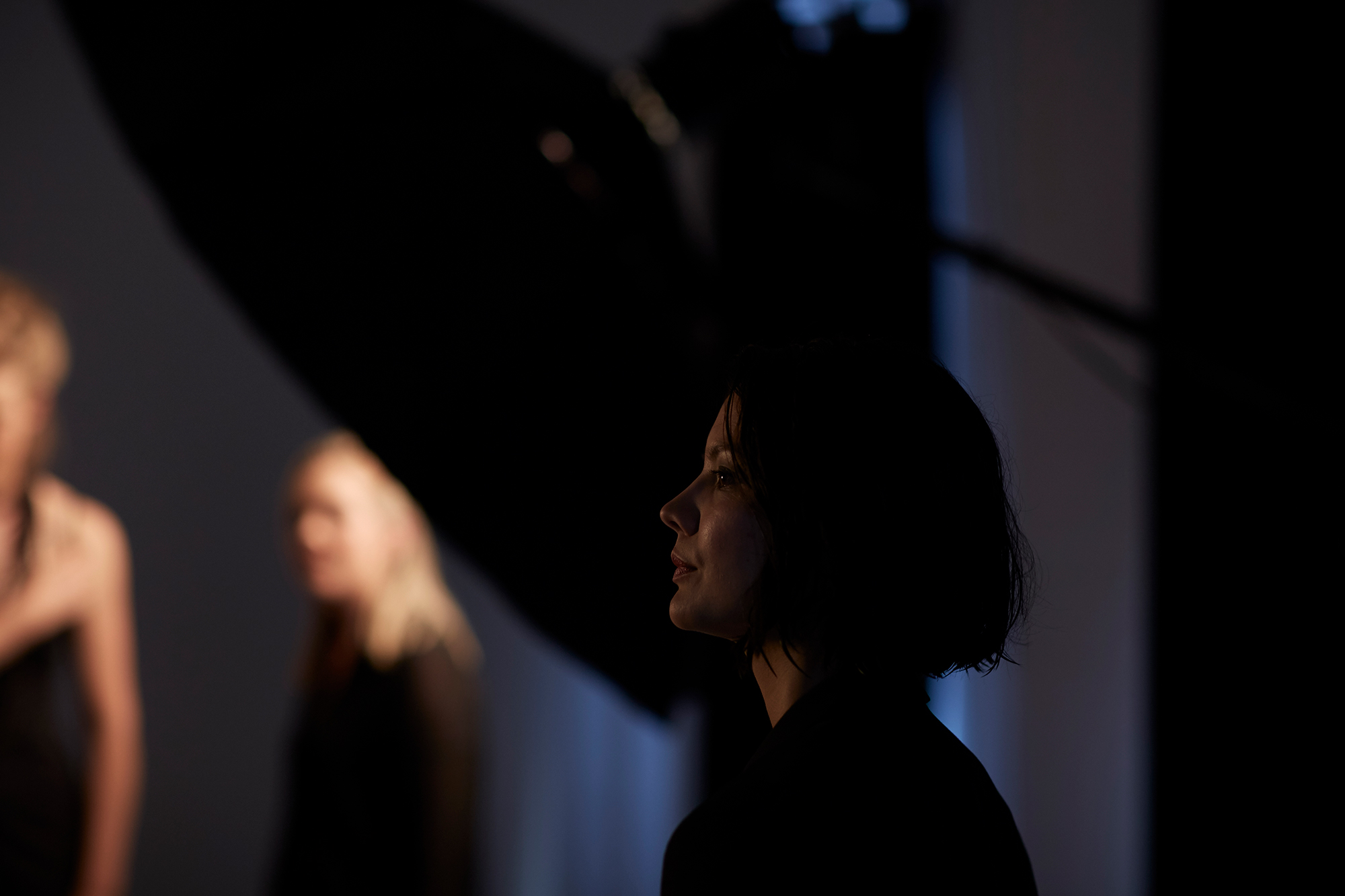

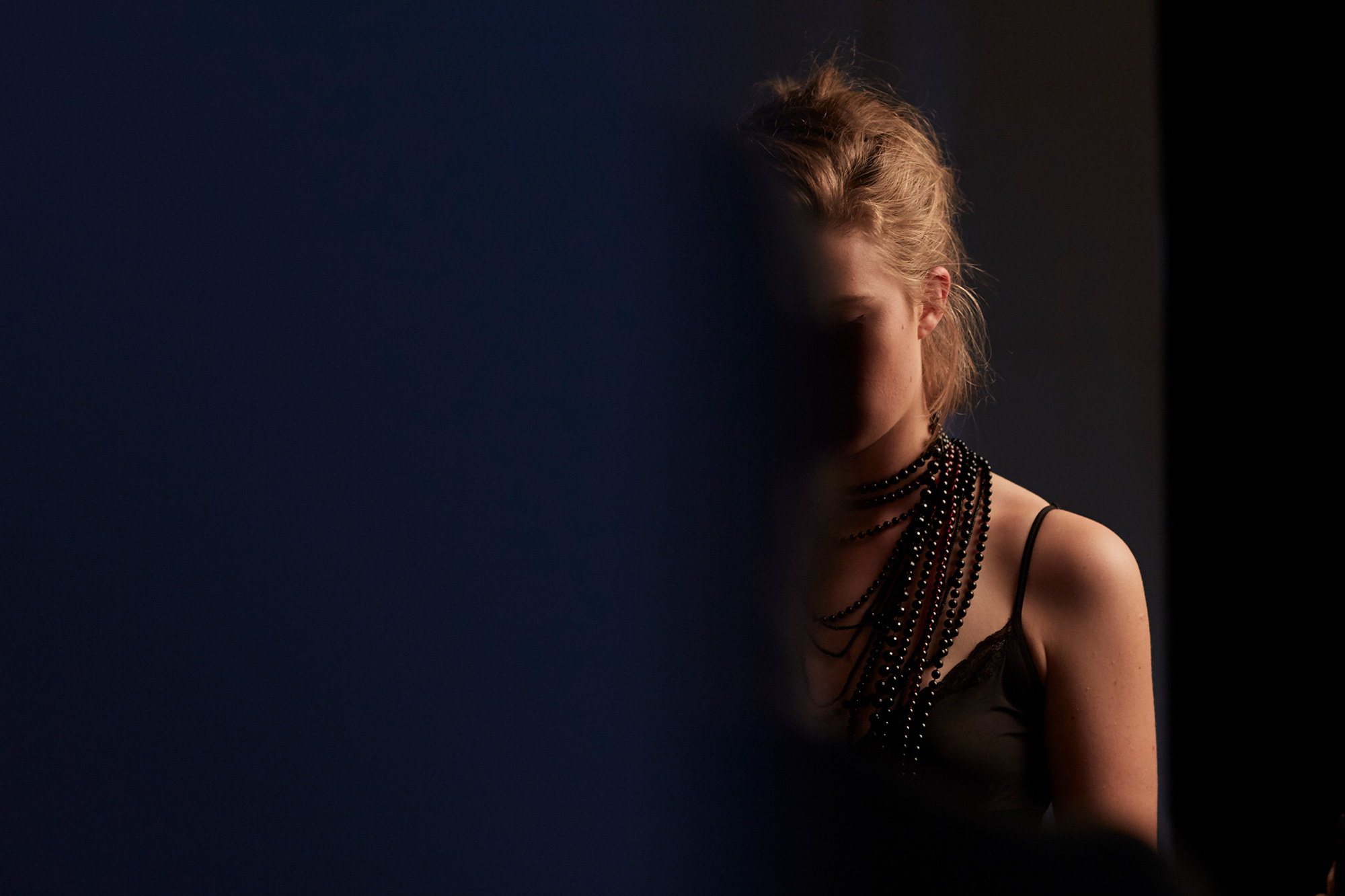
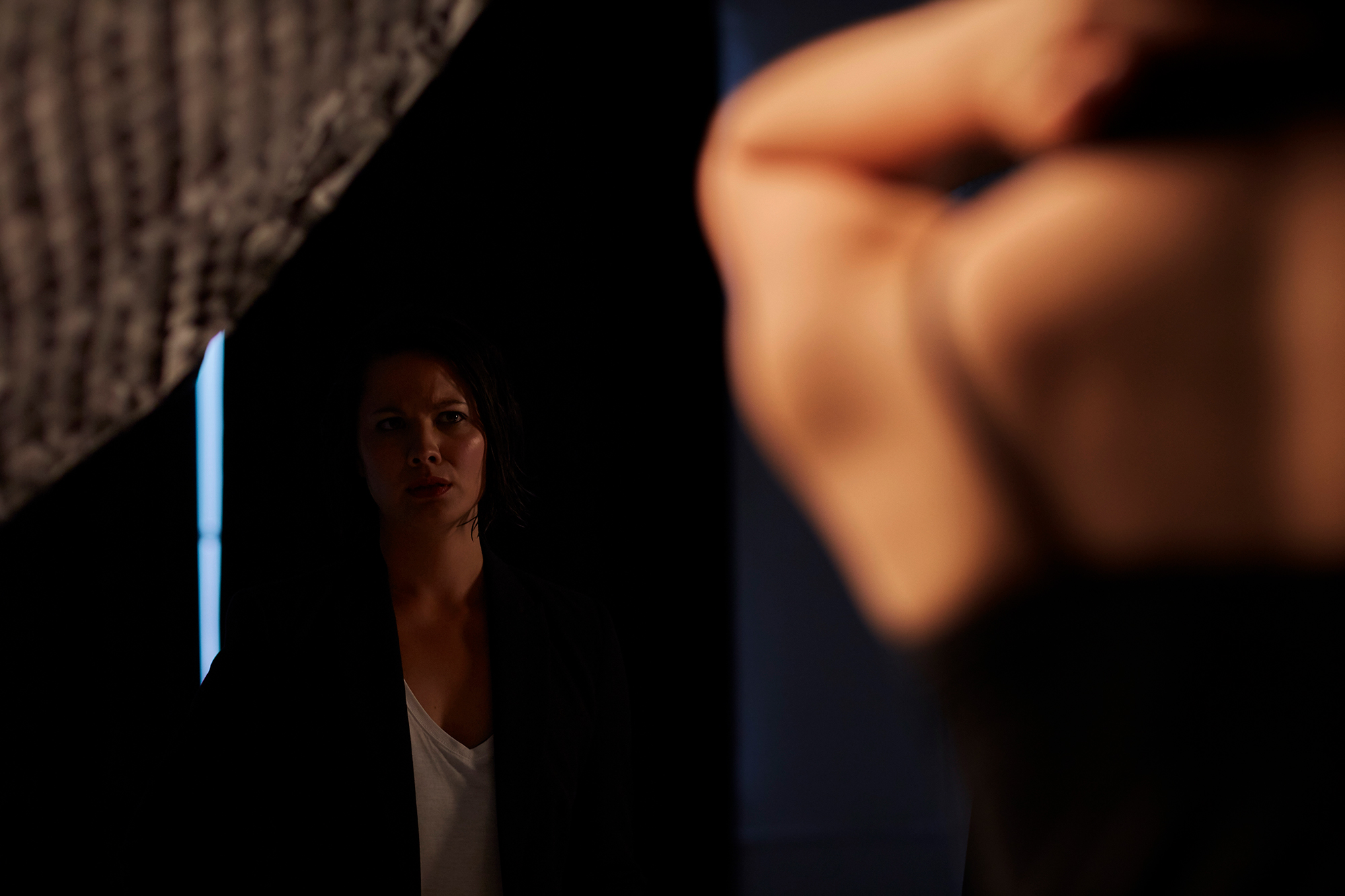
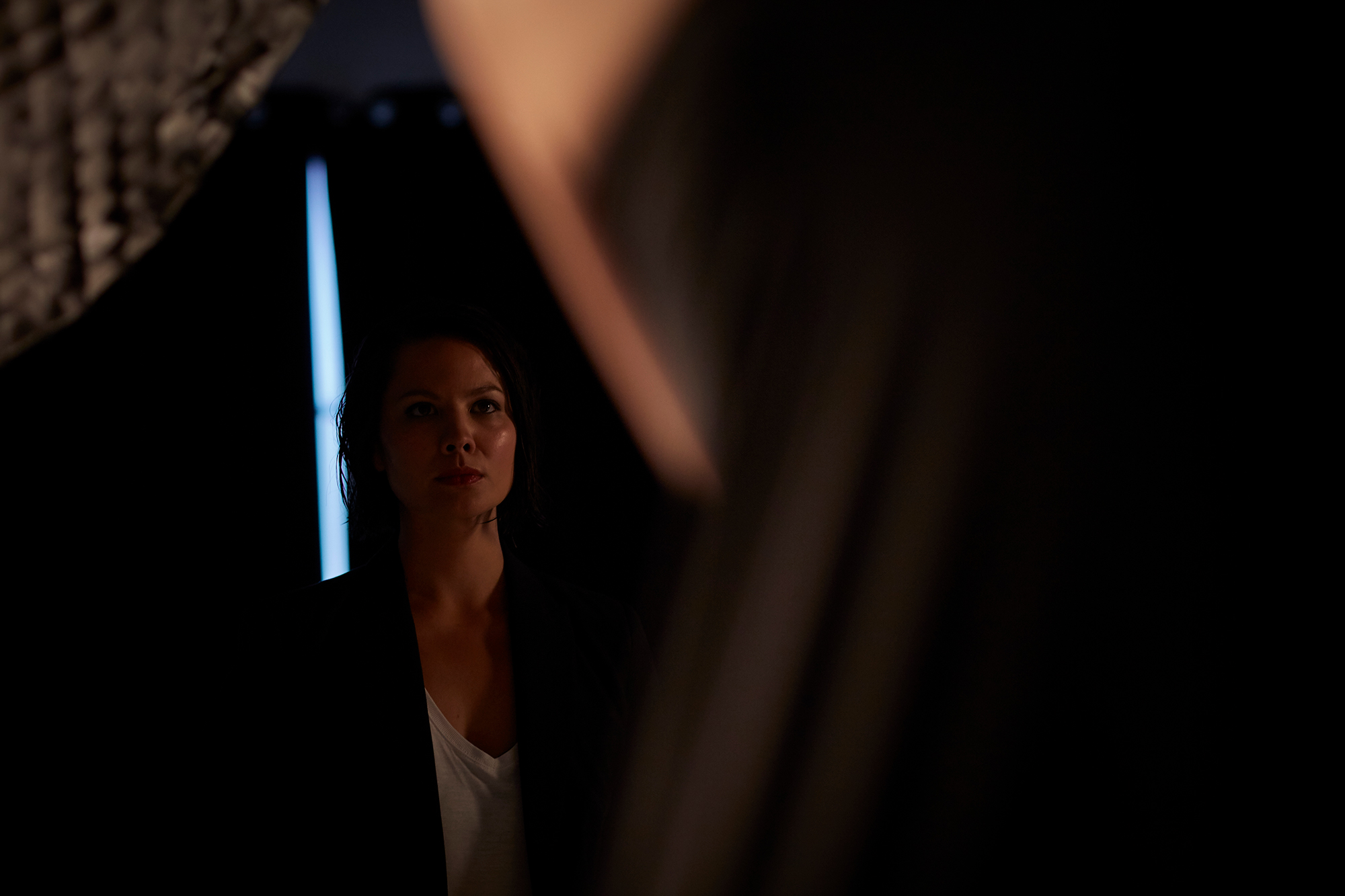
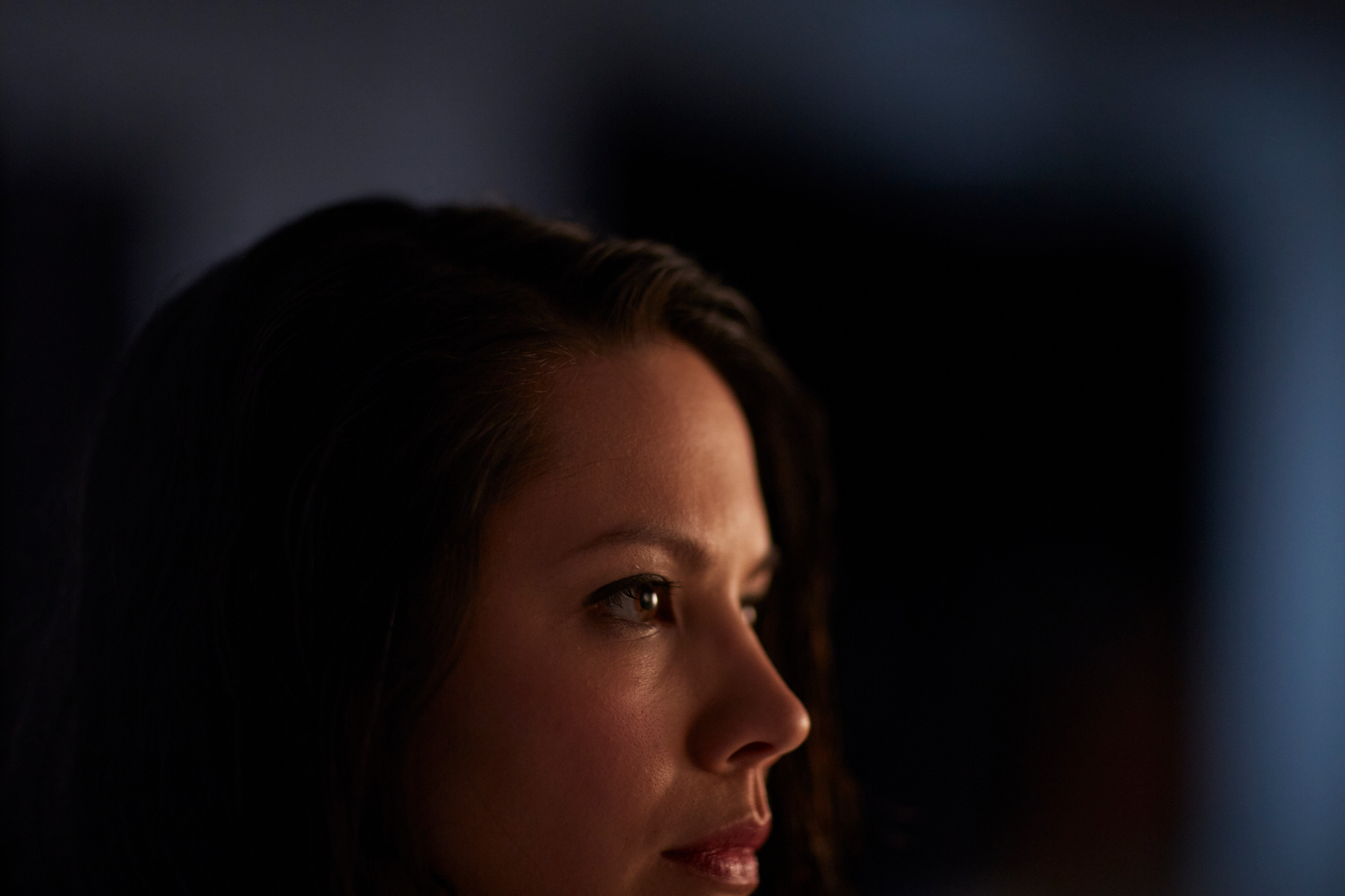
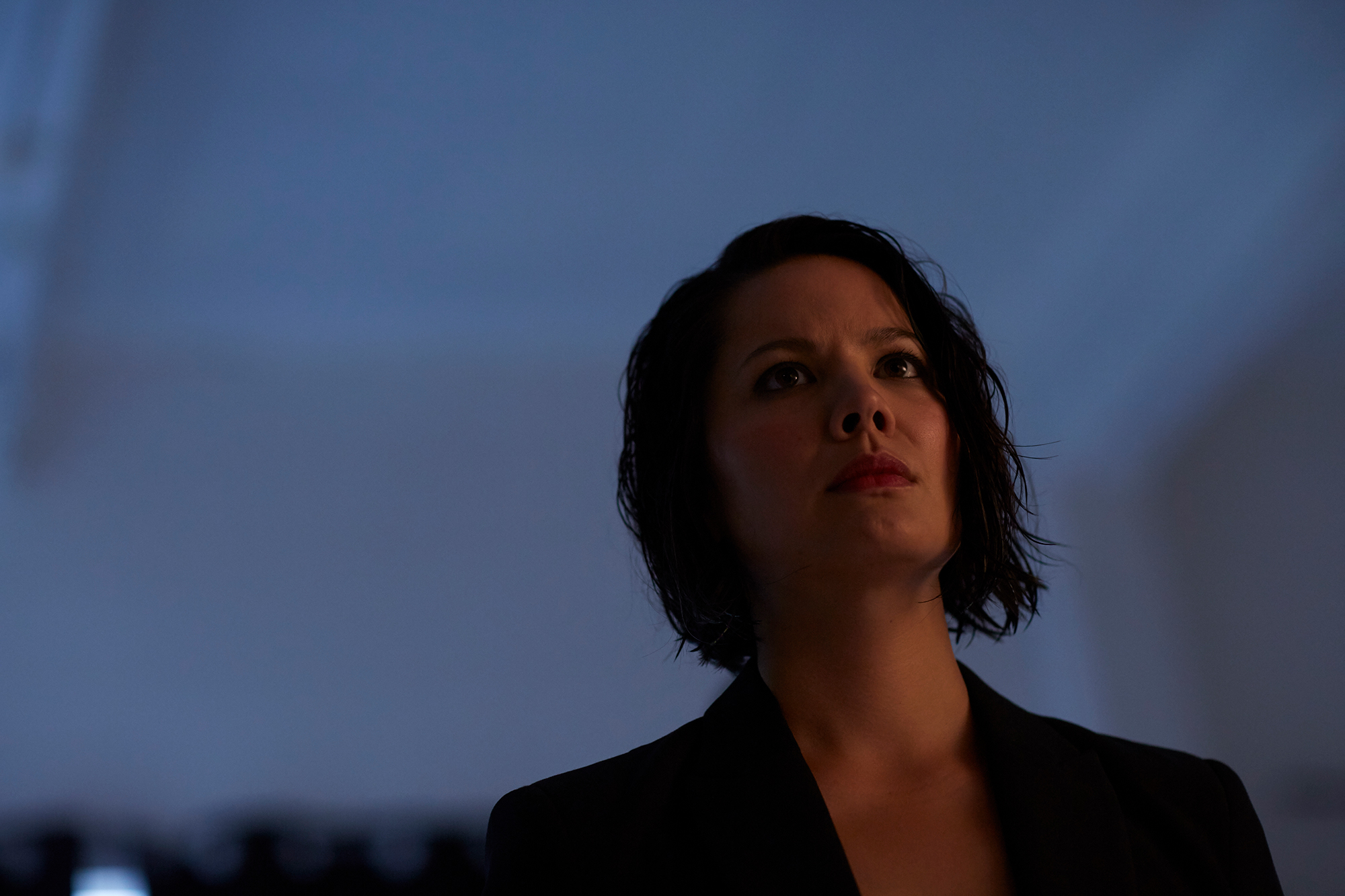
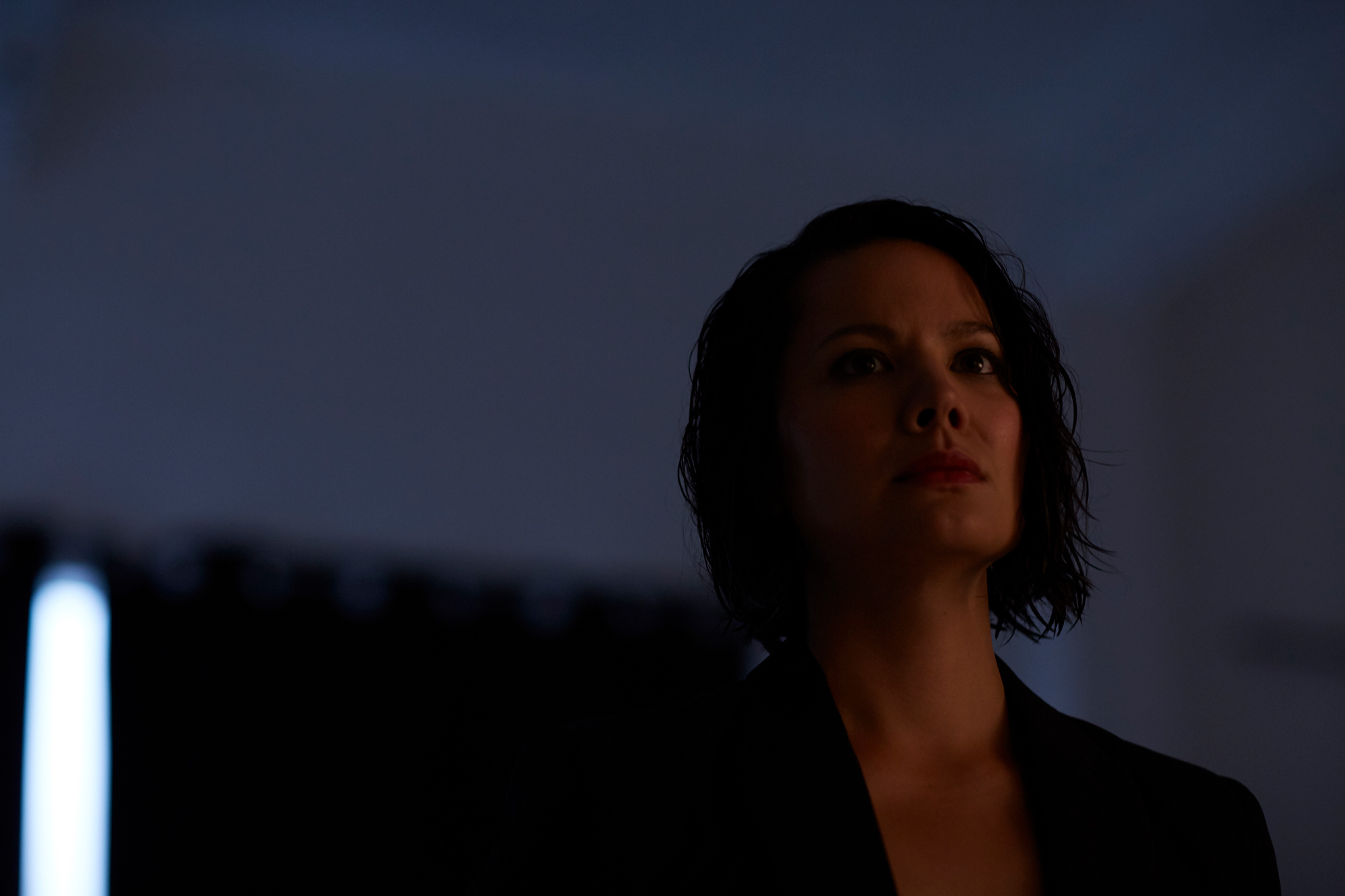
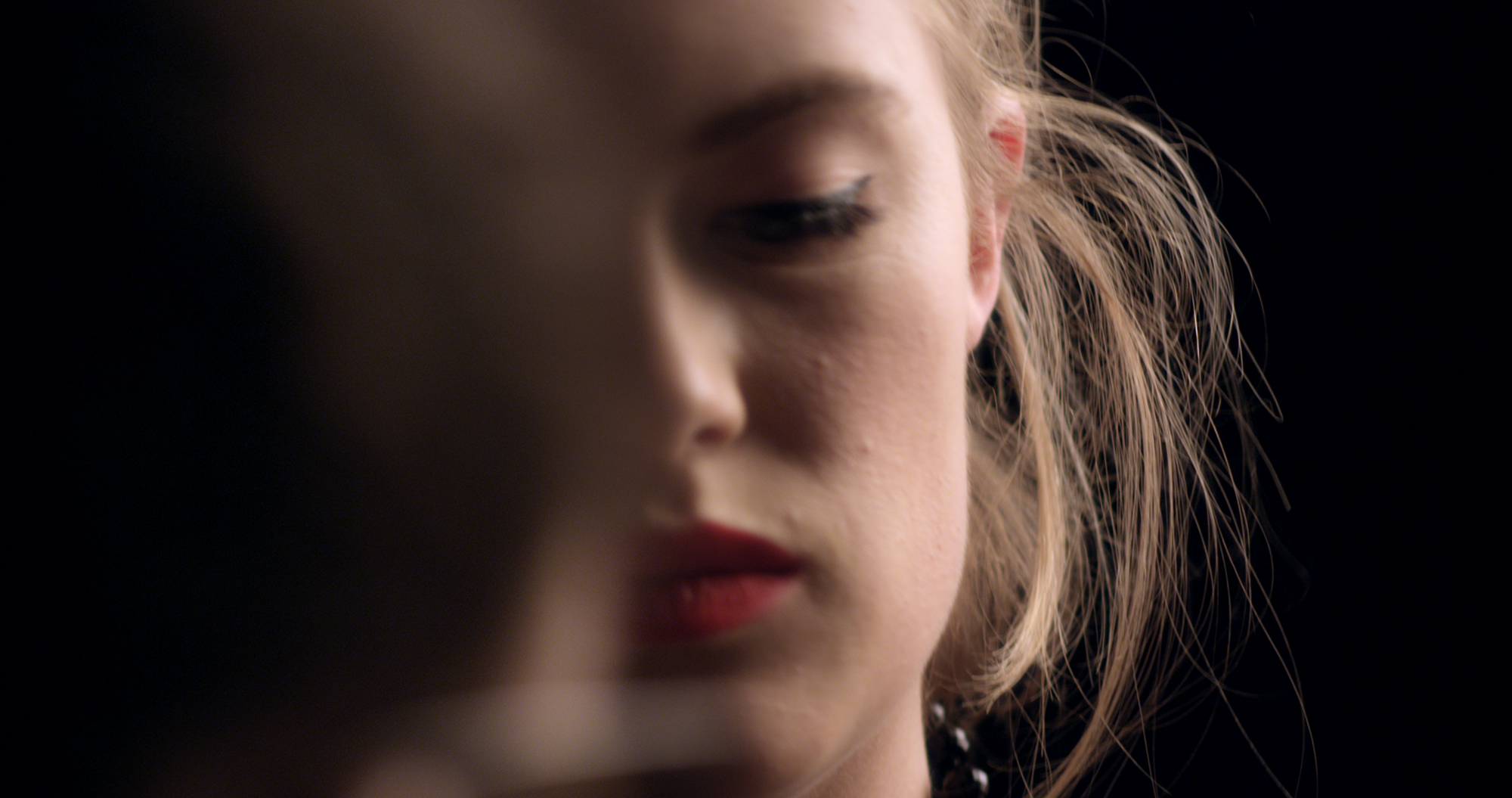

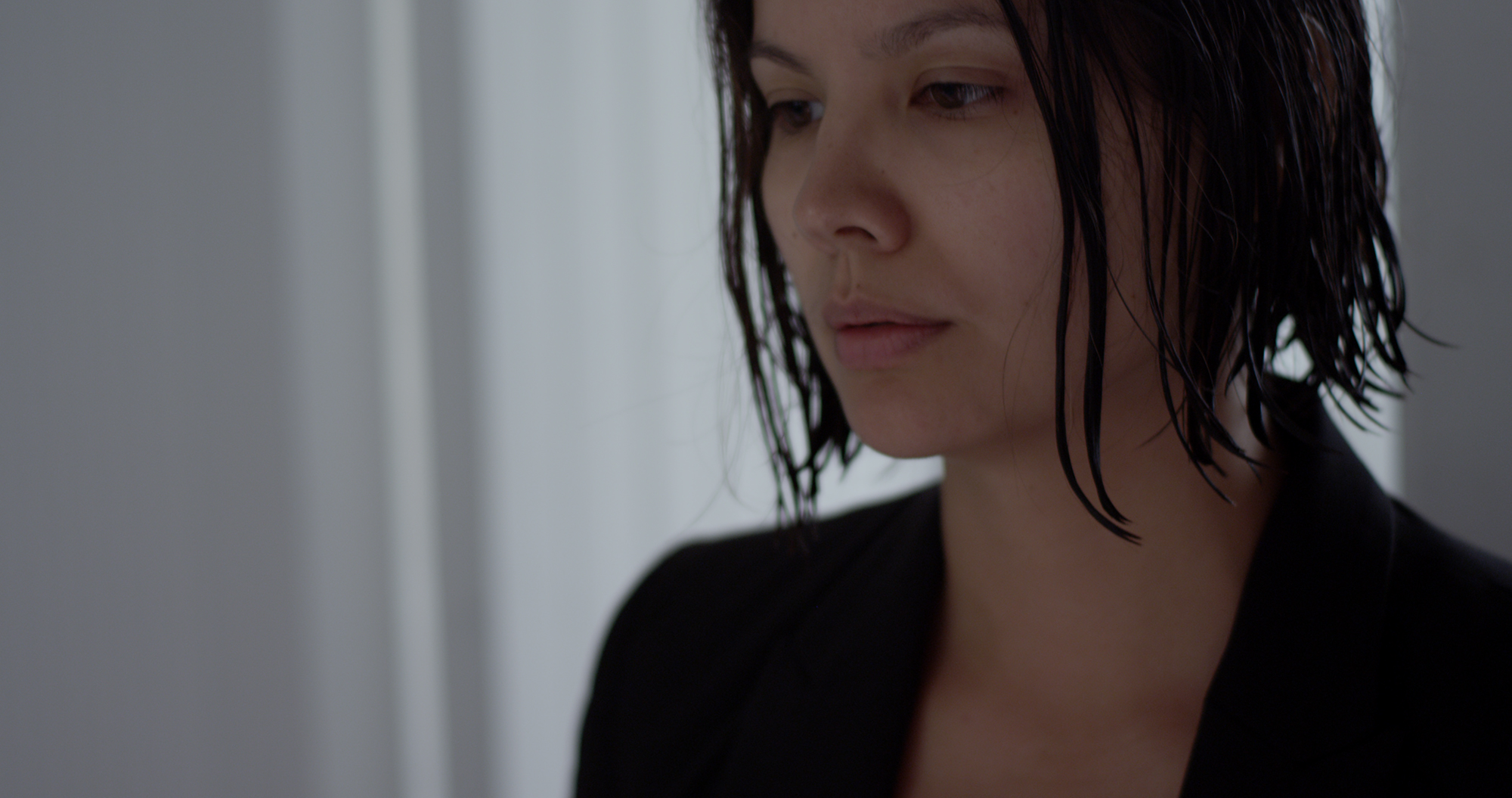
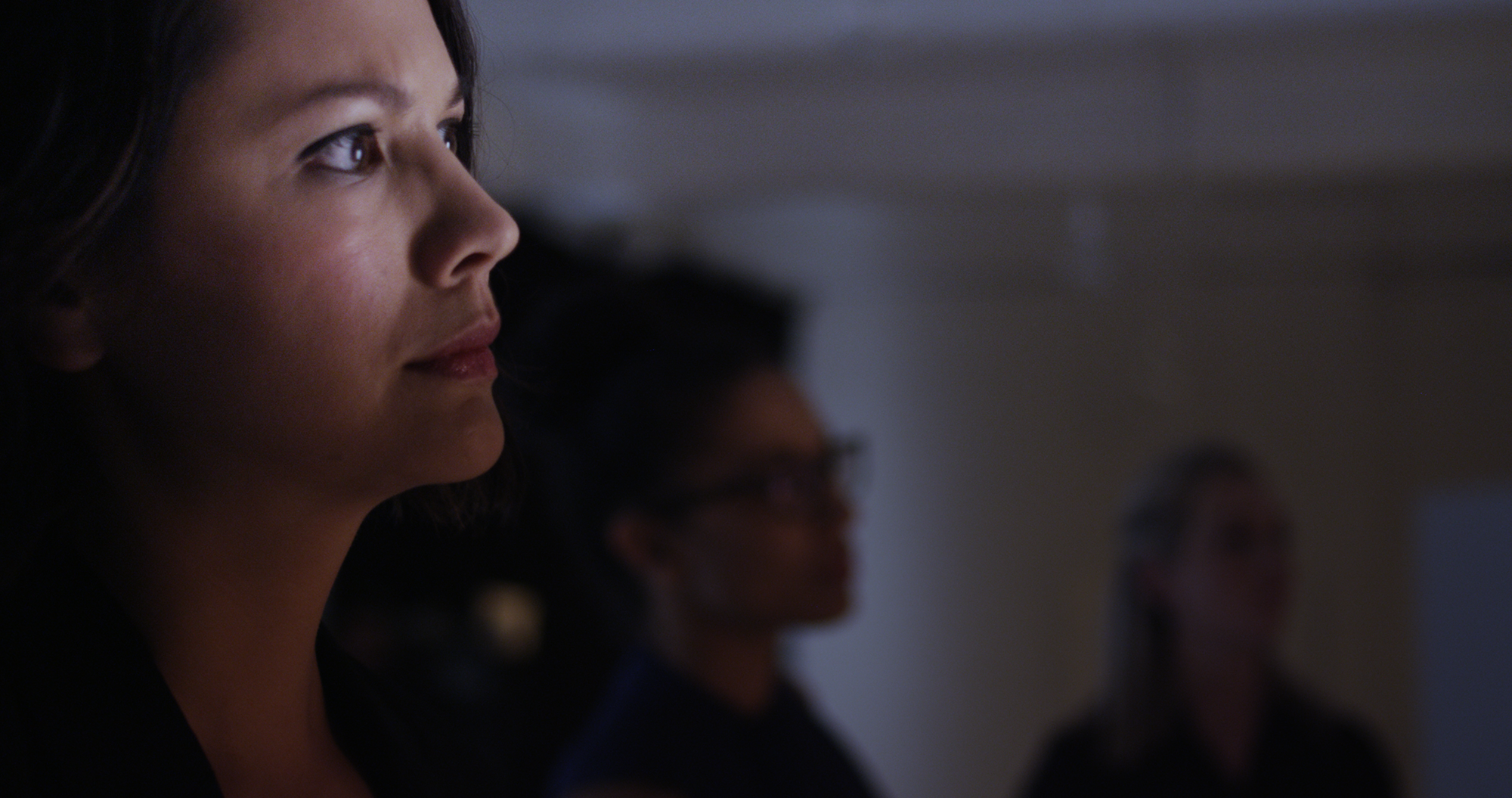
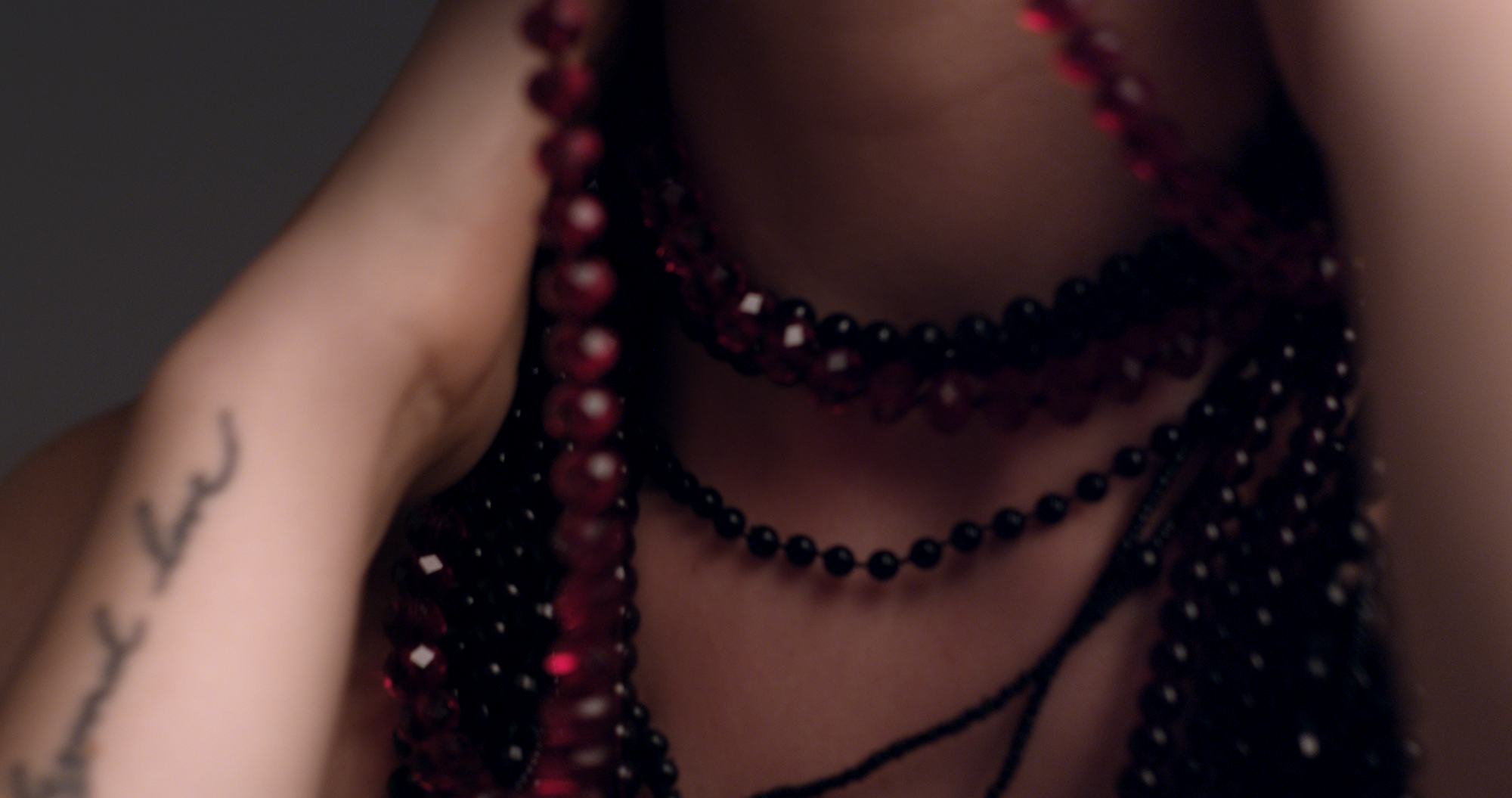
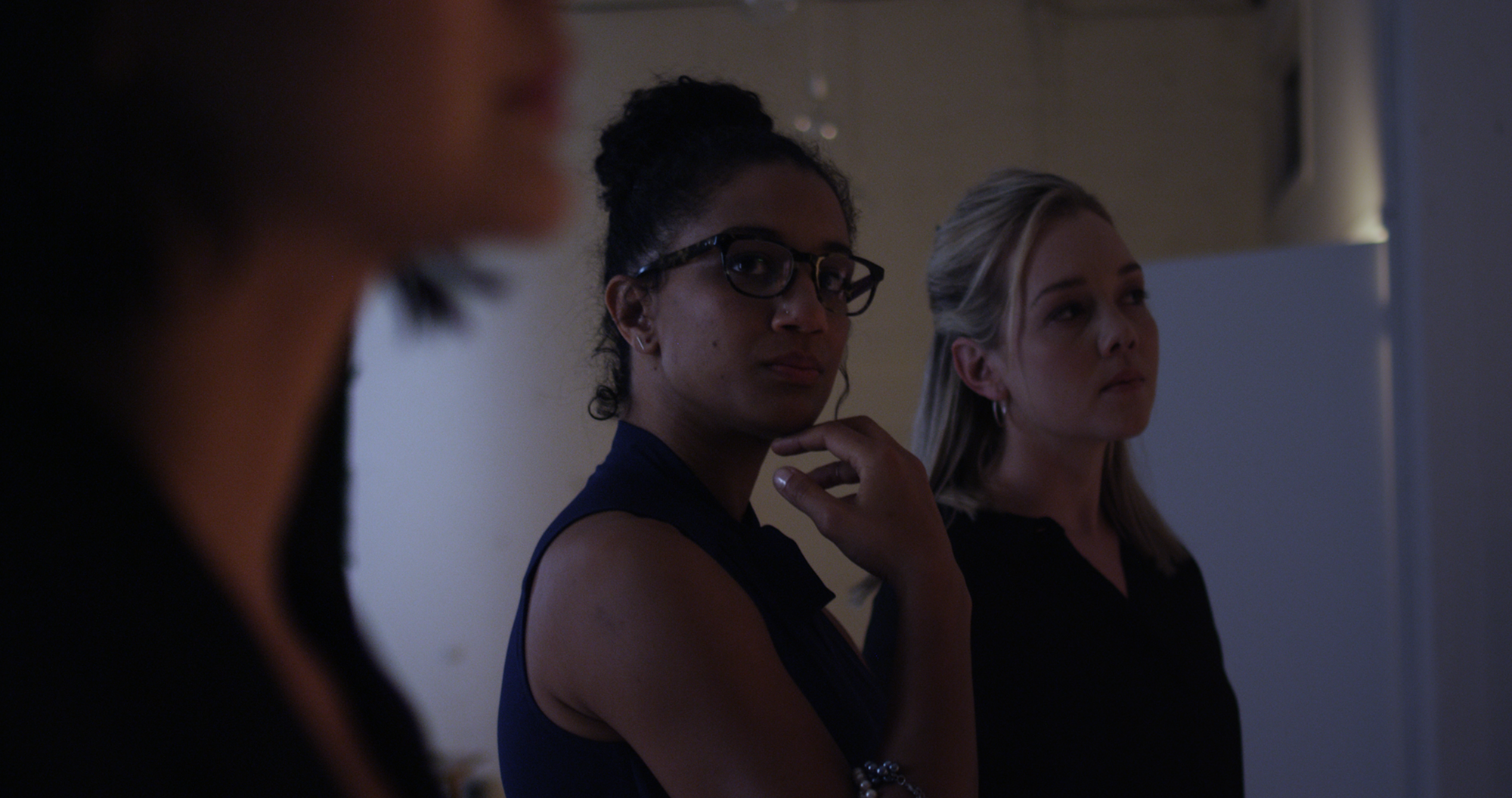

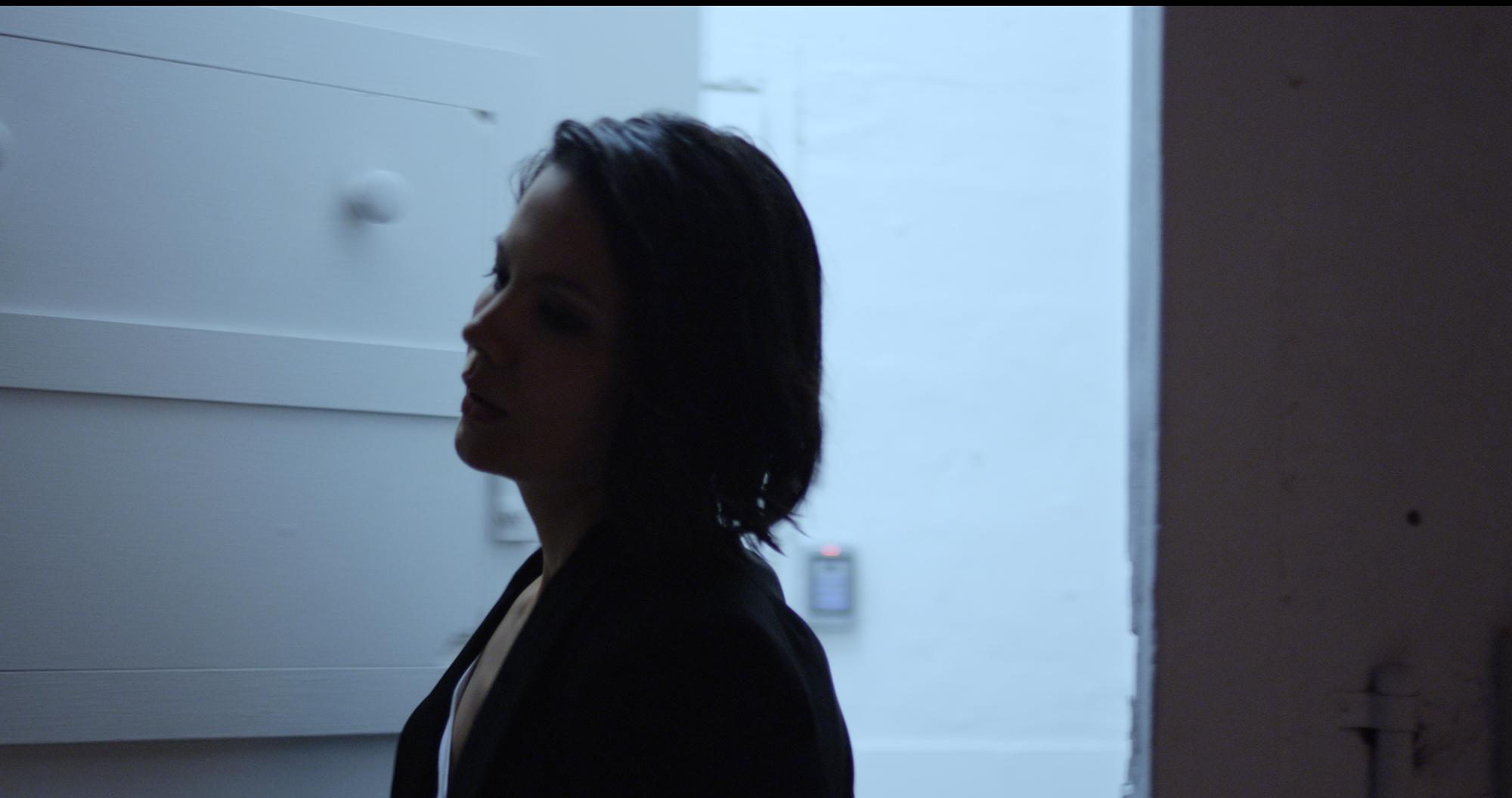
ON-SET PHOTOGRAPHY (credit: Nicholas Coghlan)
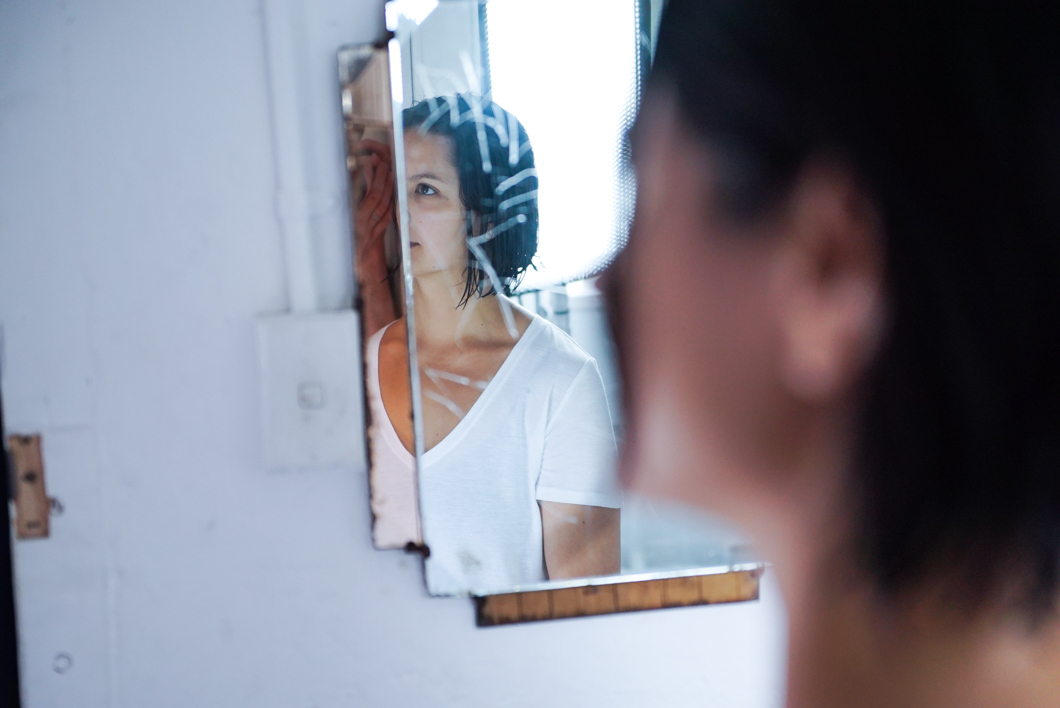

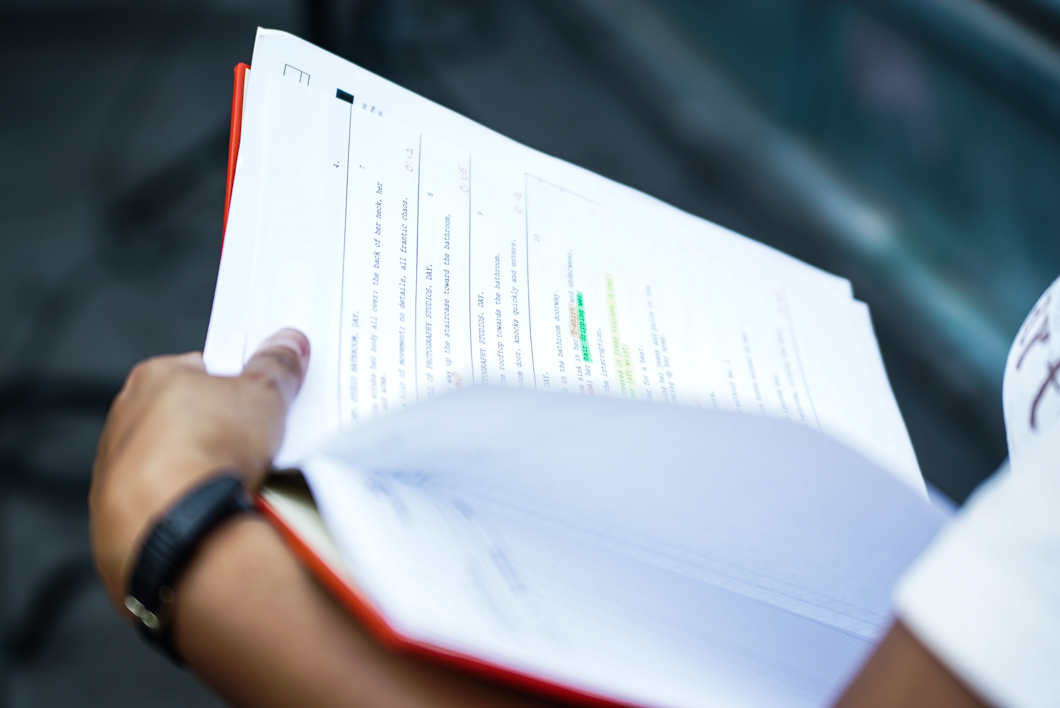
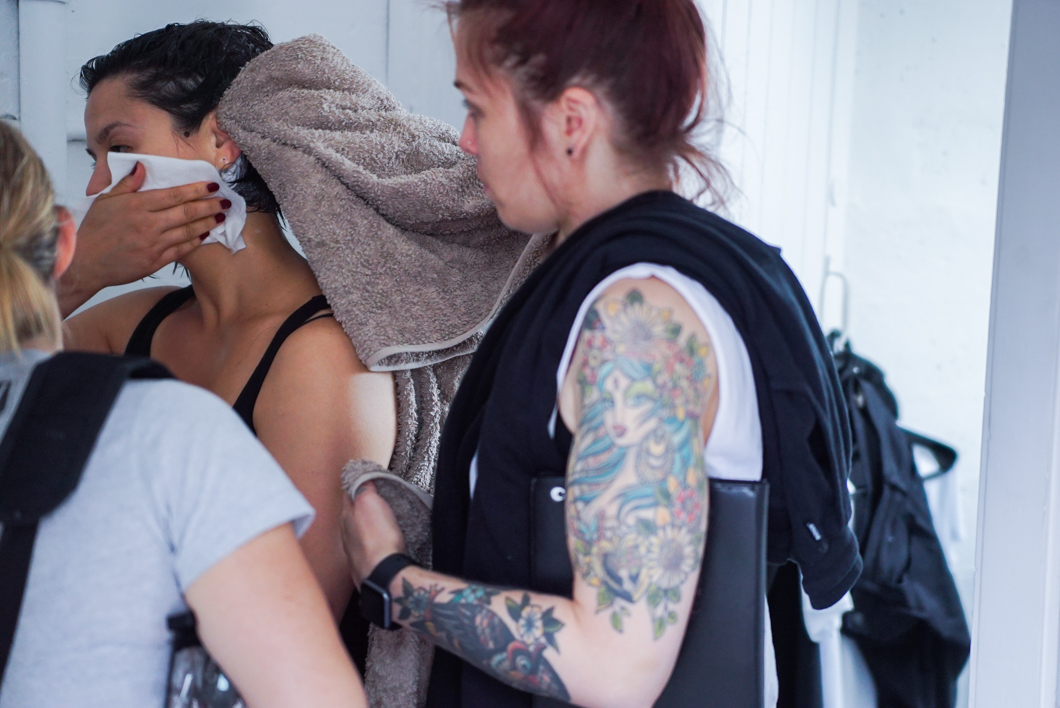
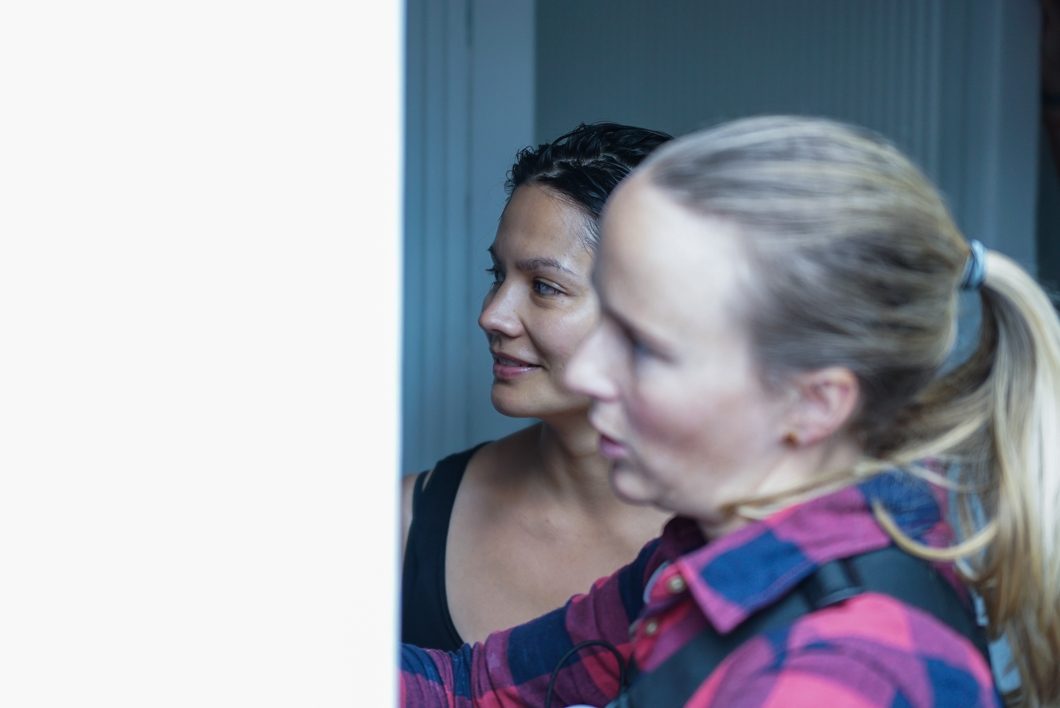
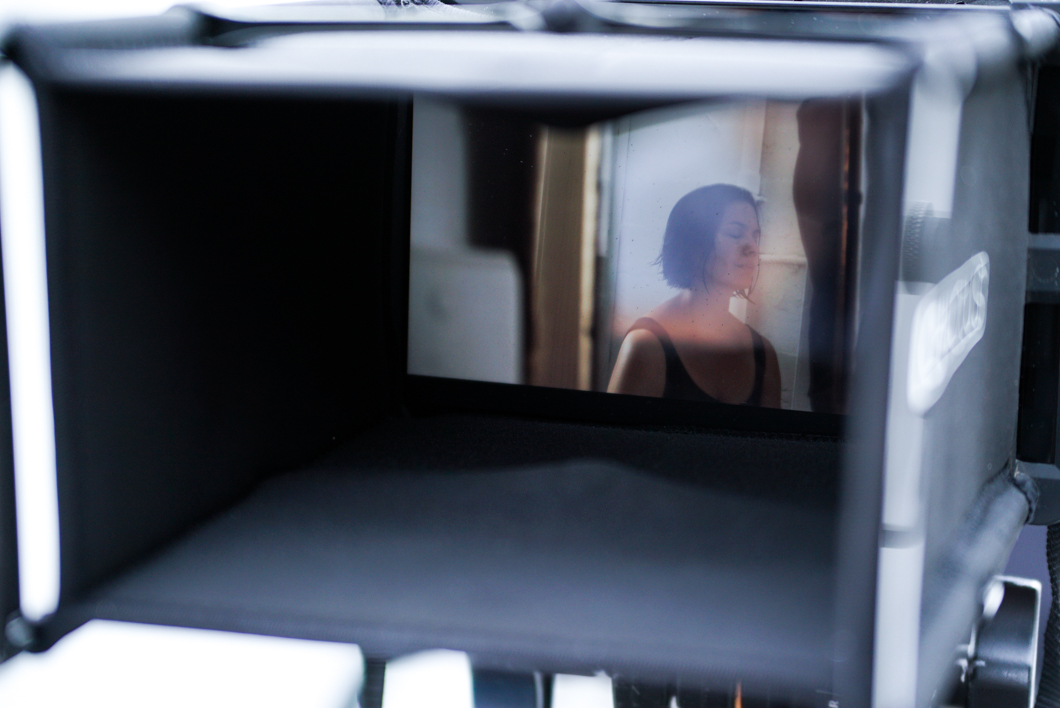
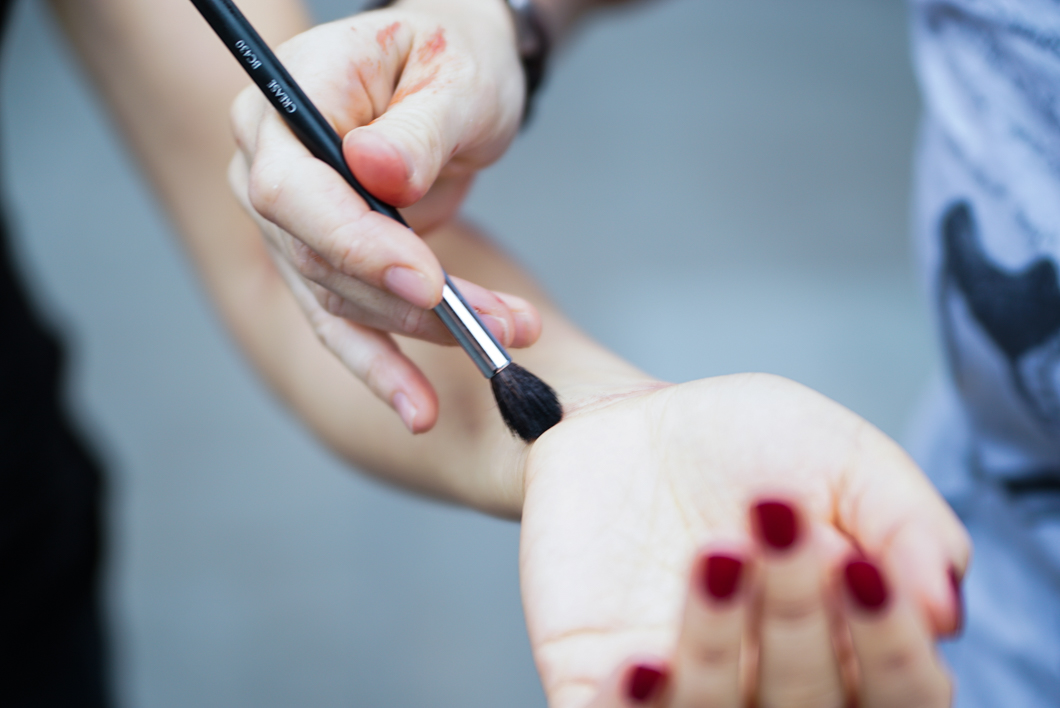
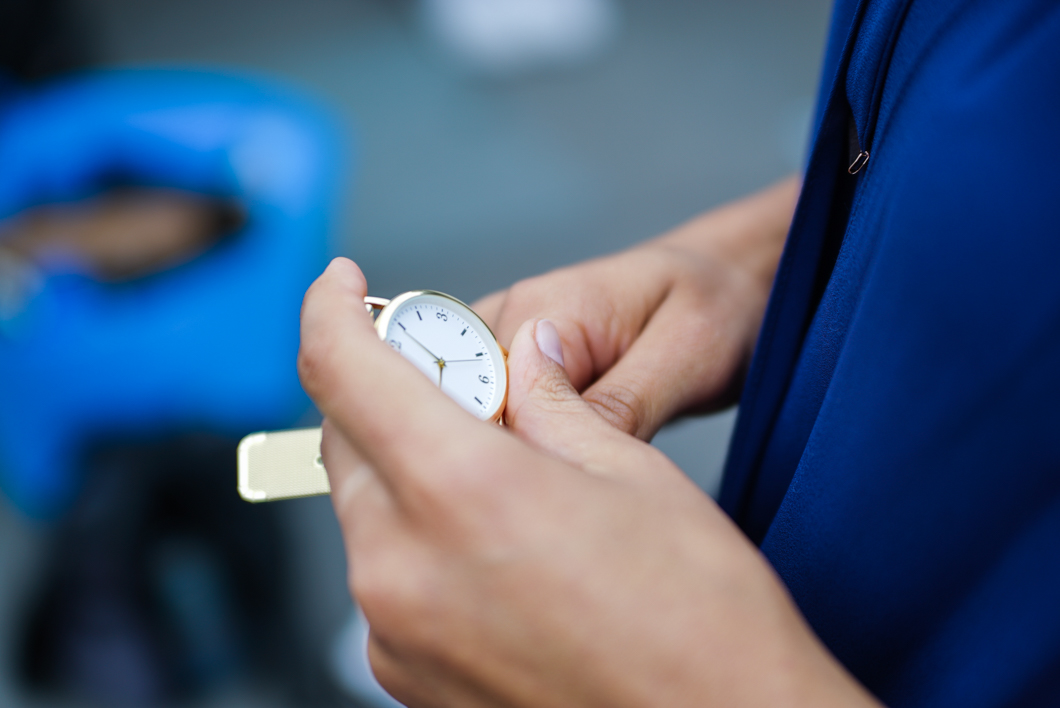
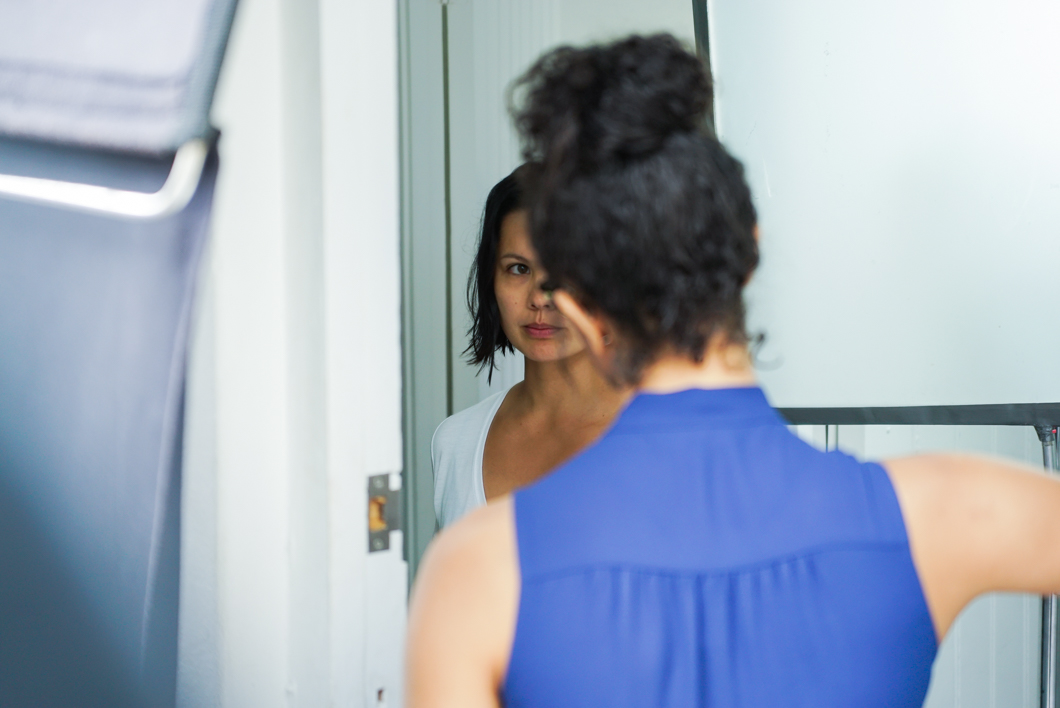
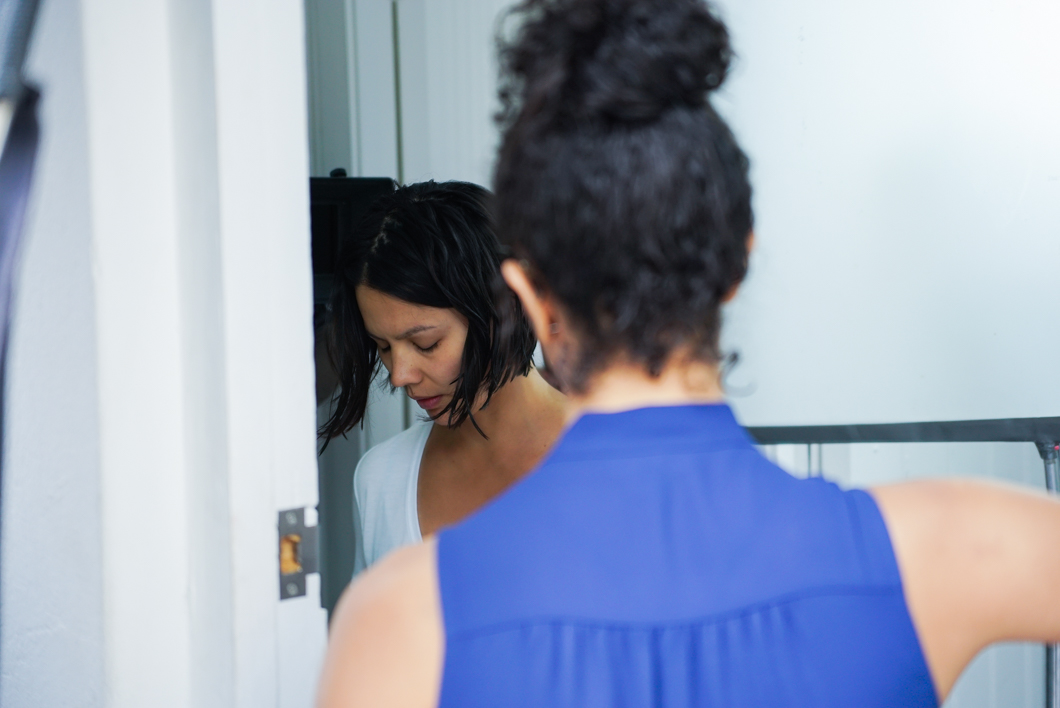
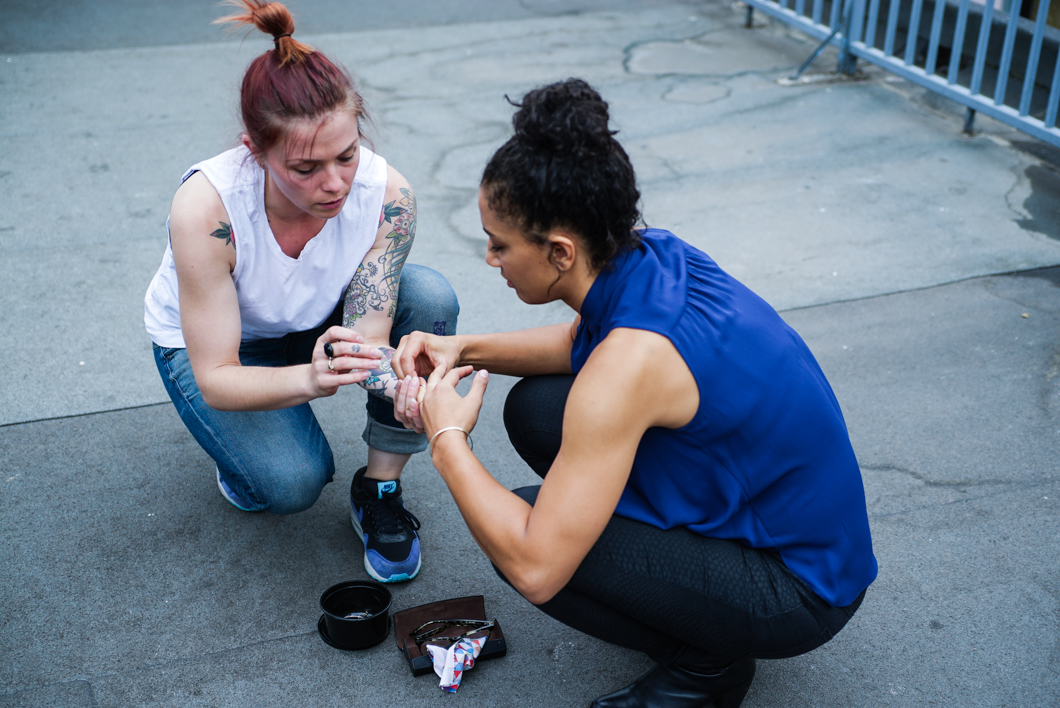
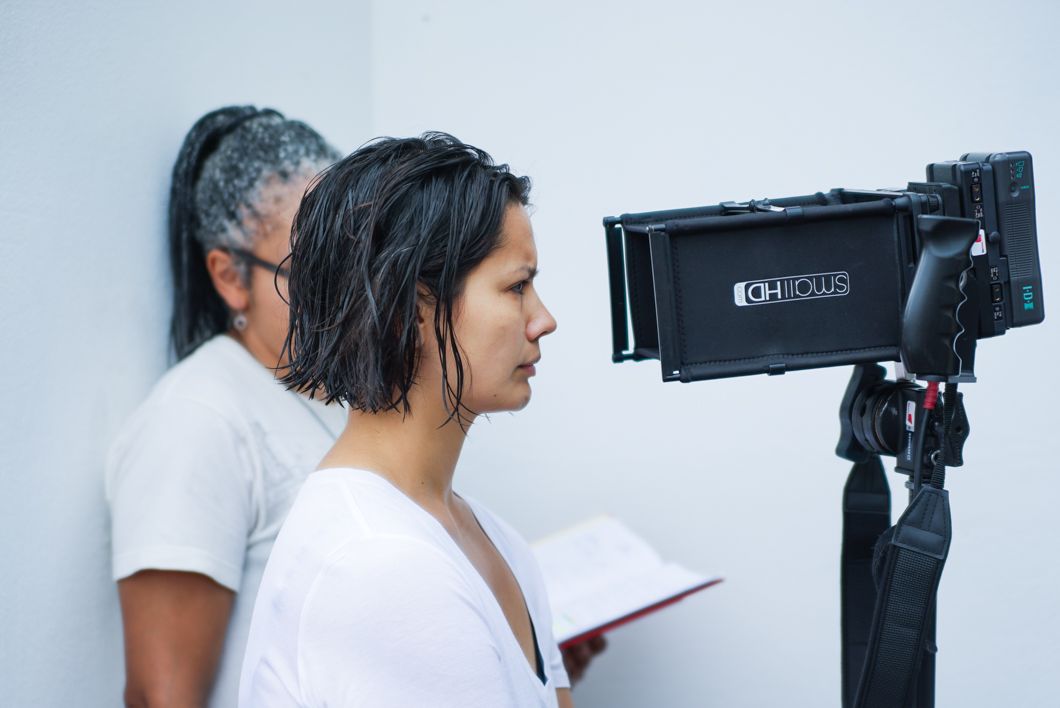
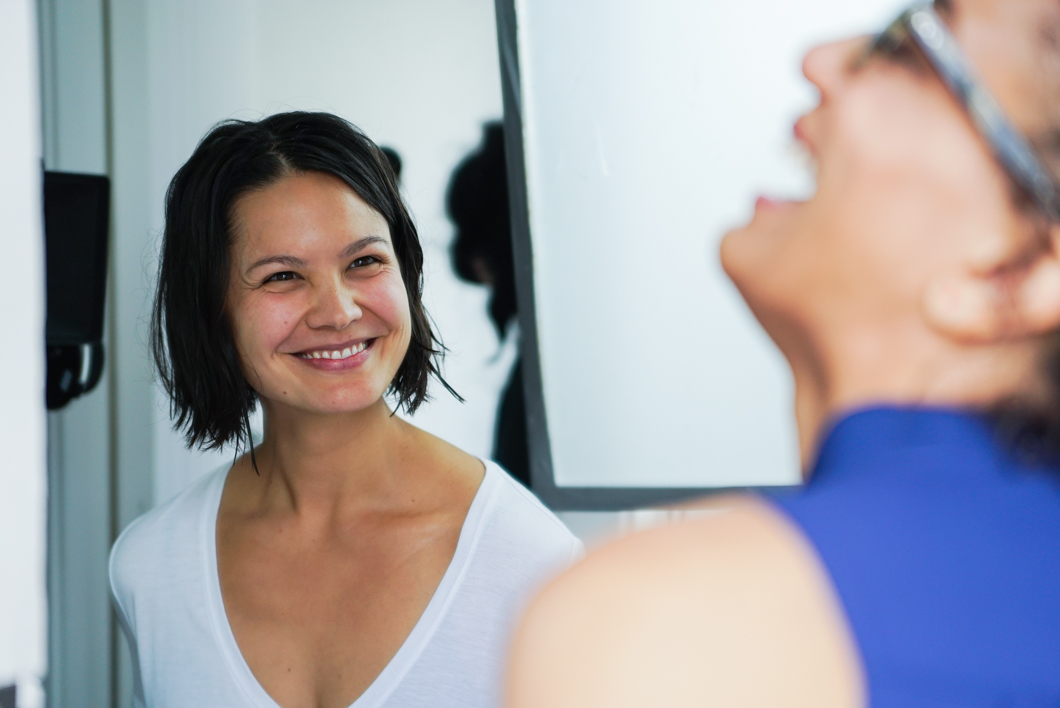


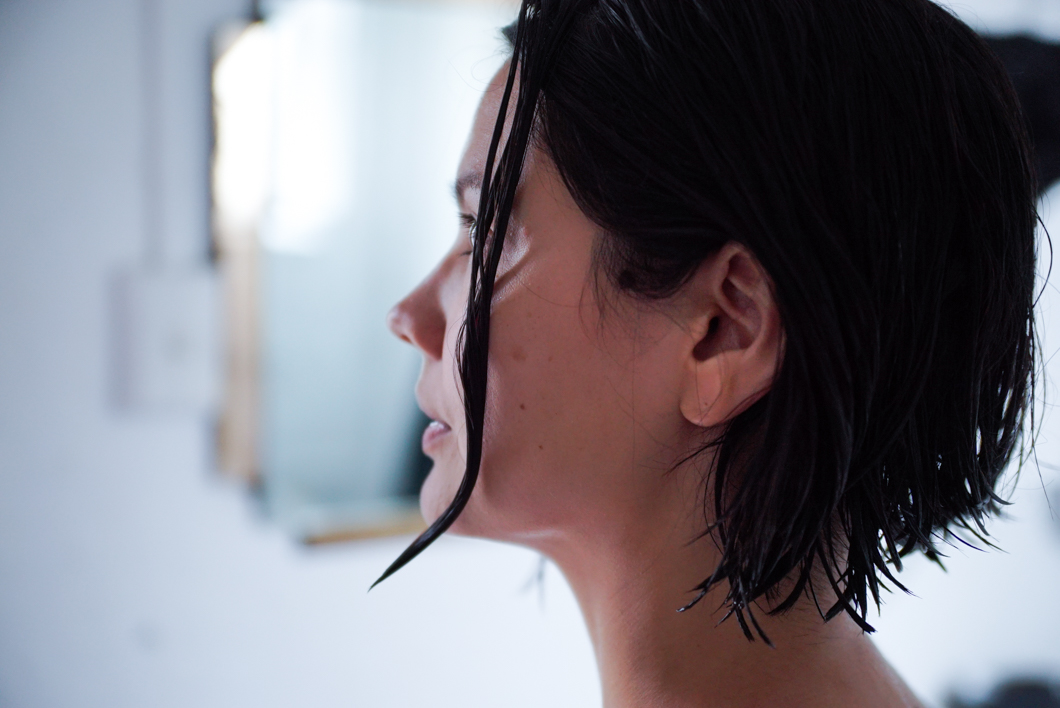
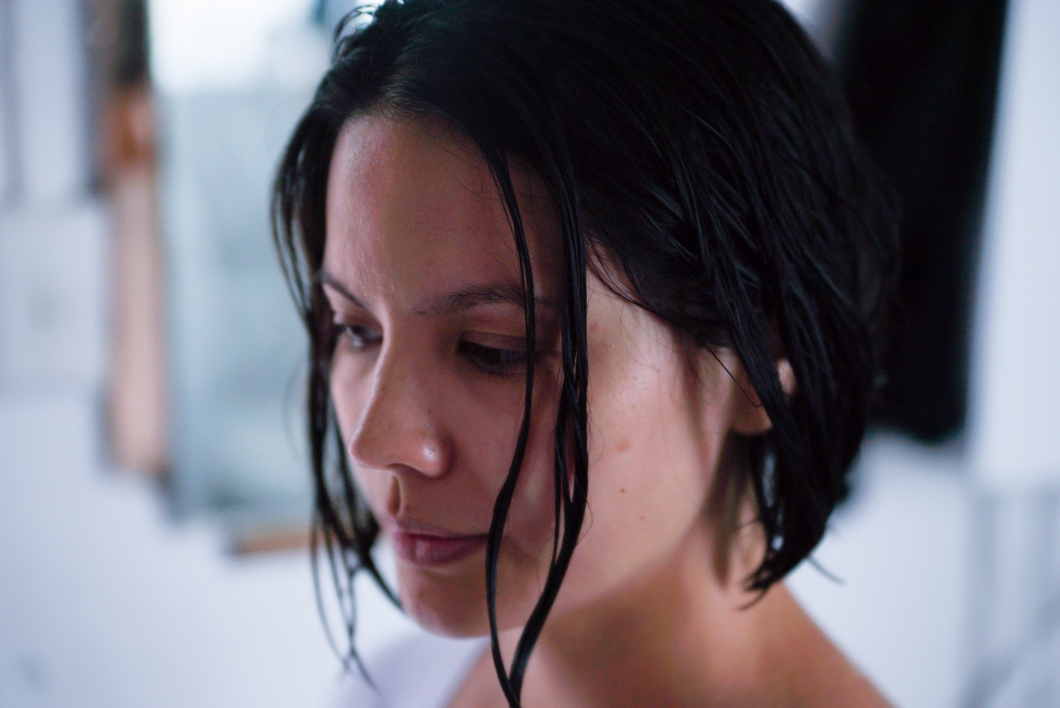
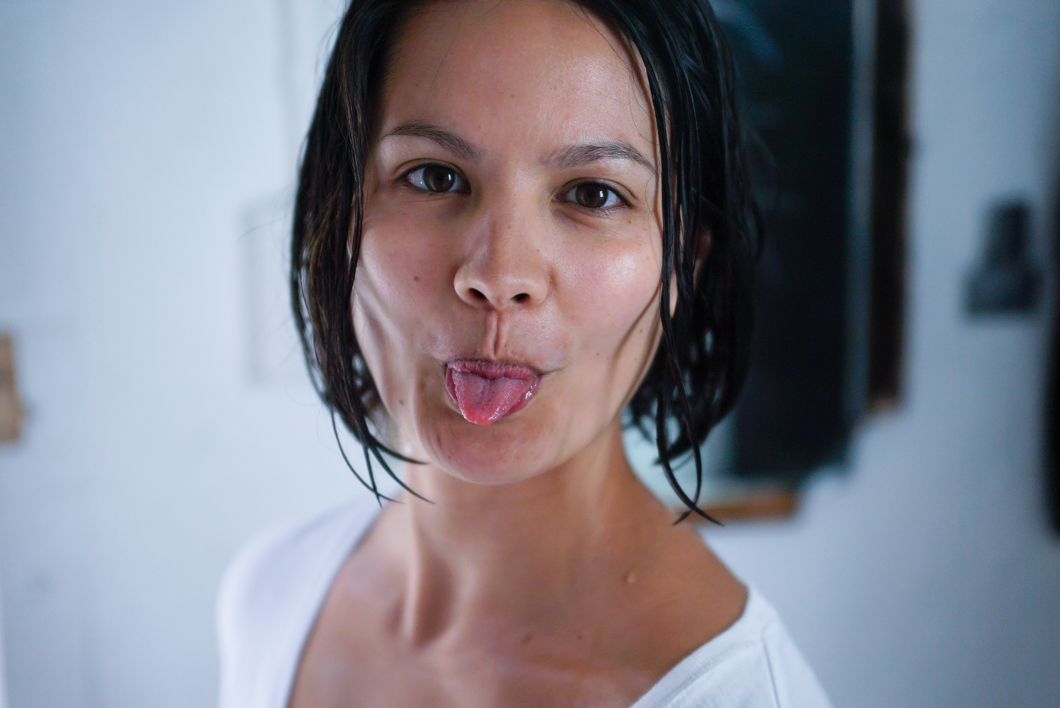
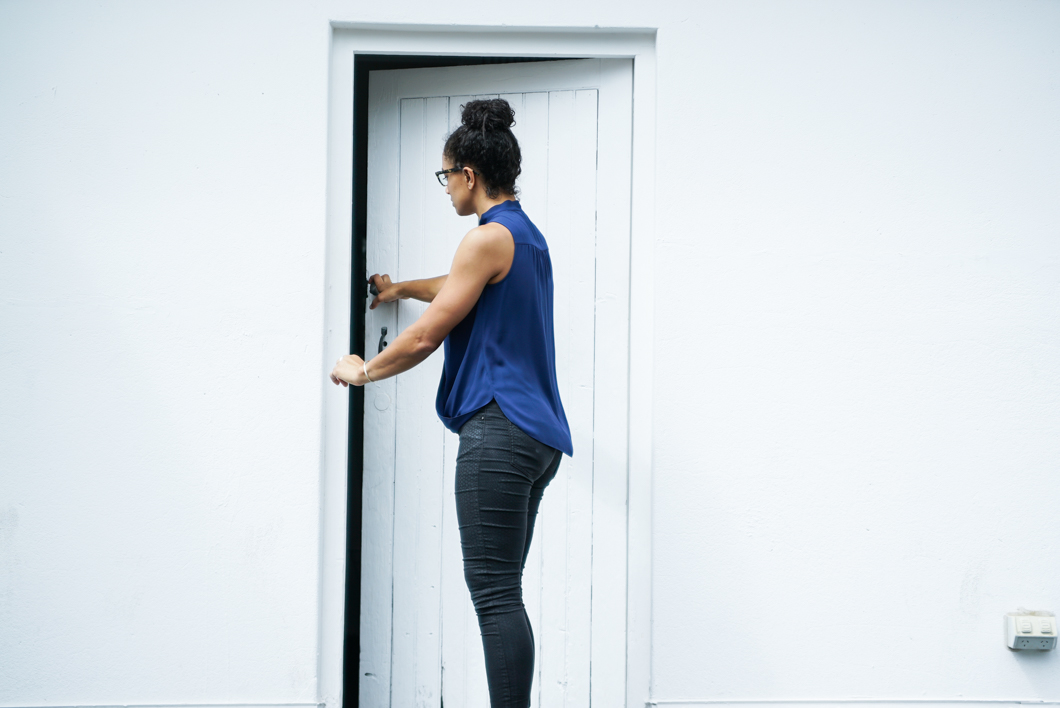
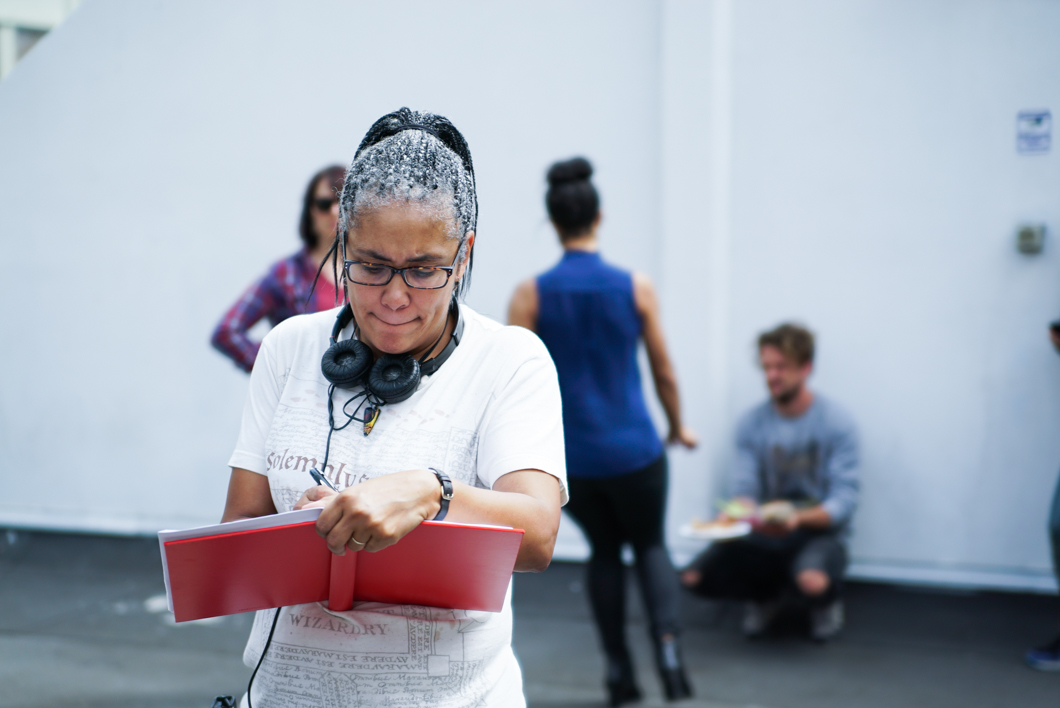
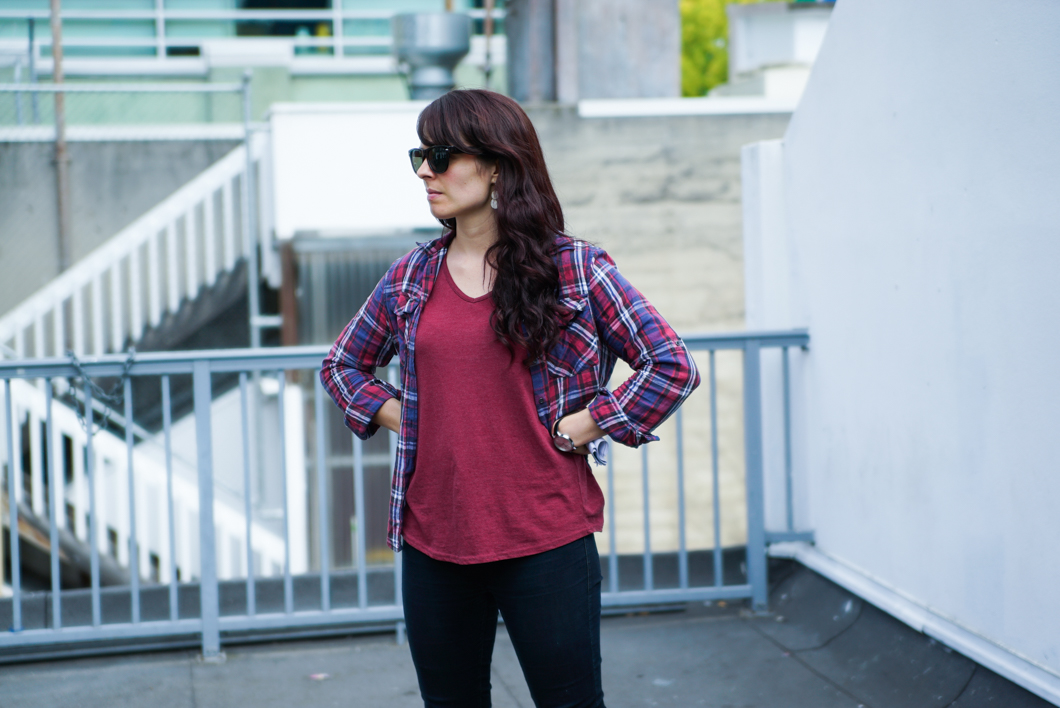
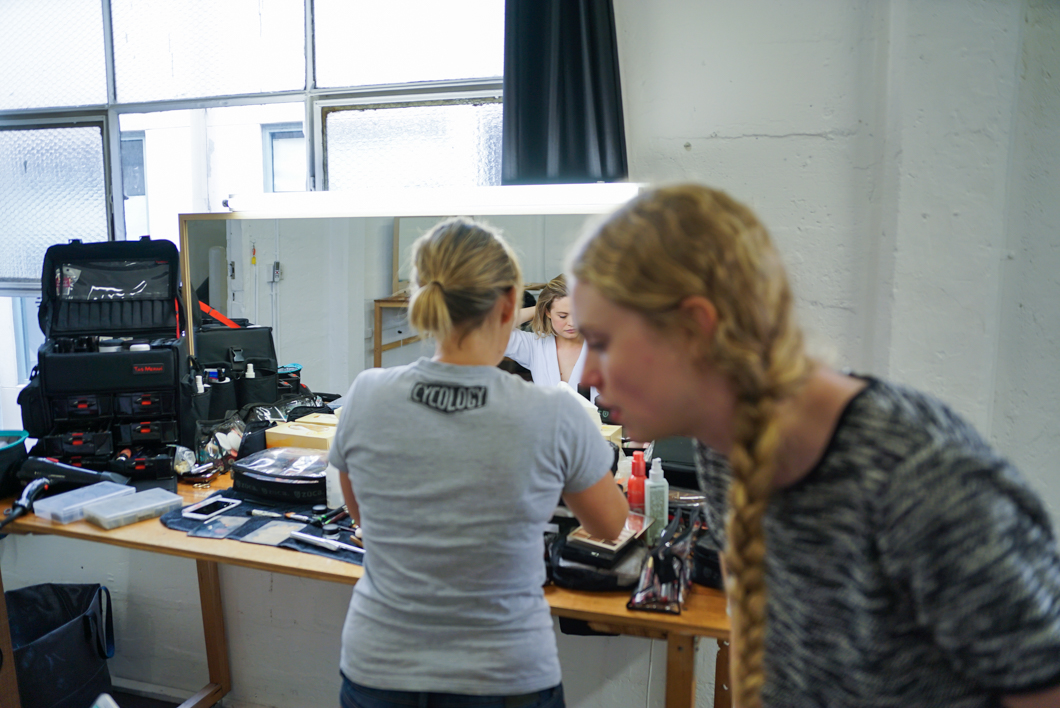
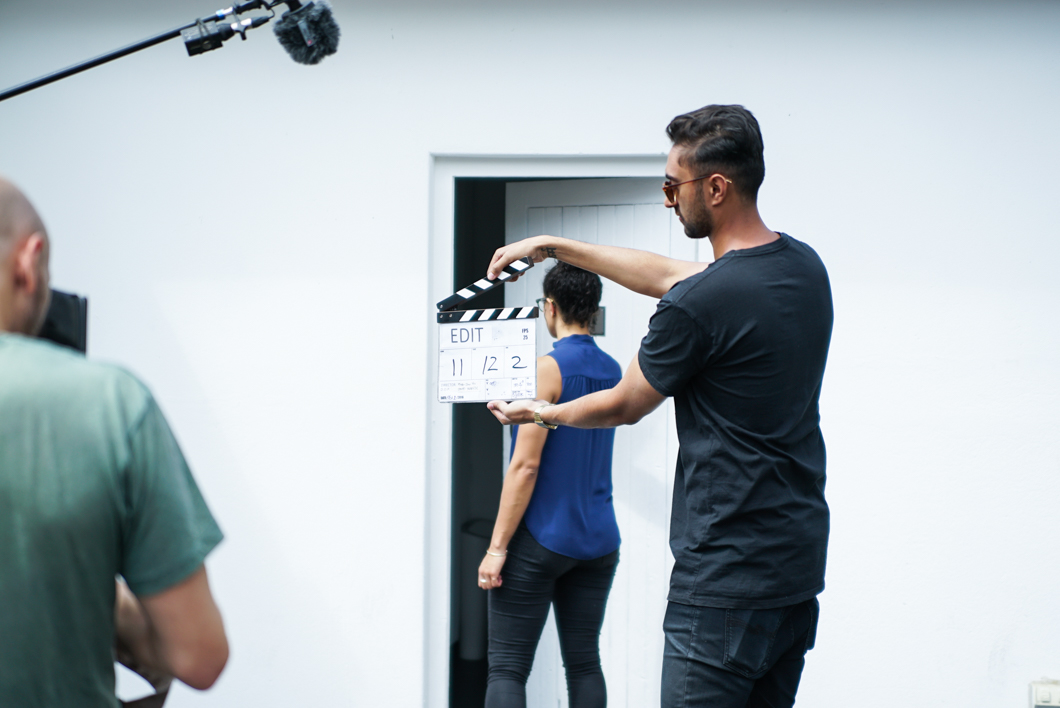
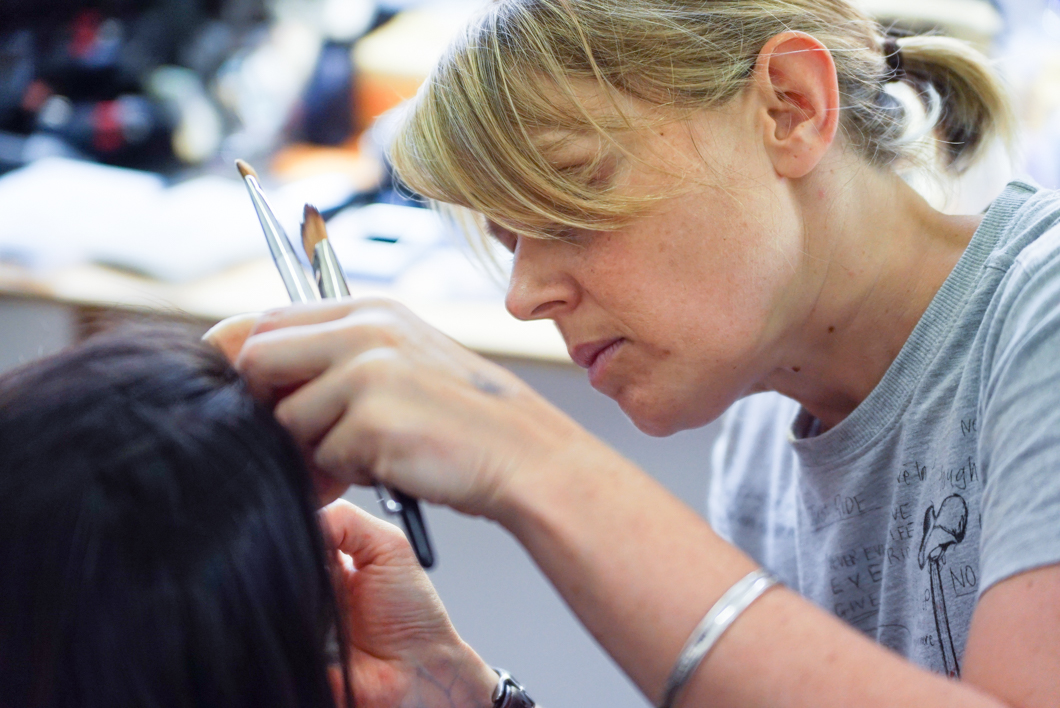
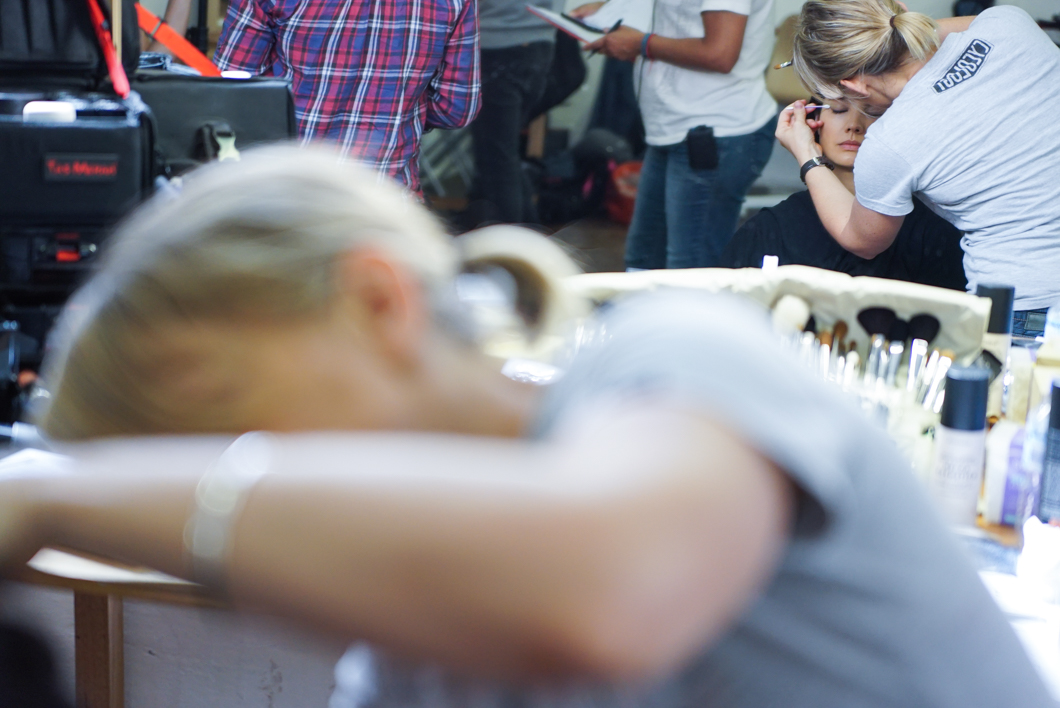
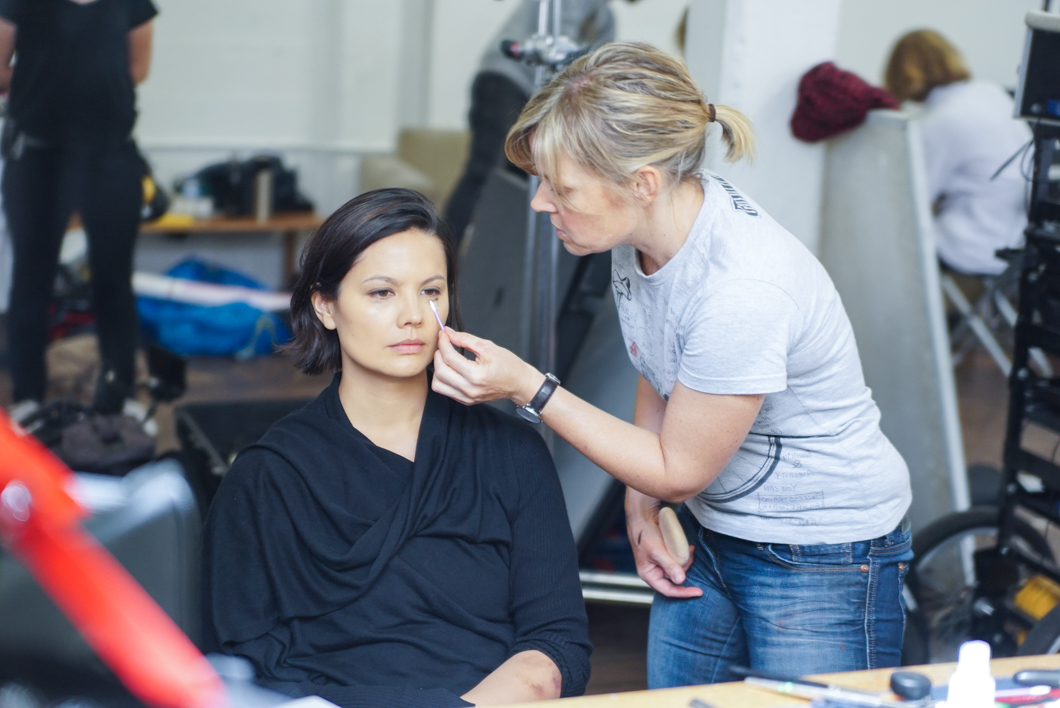


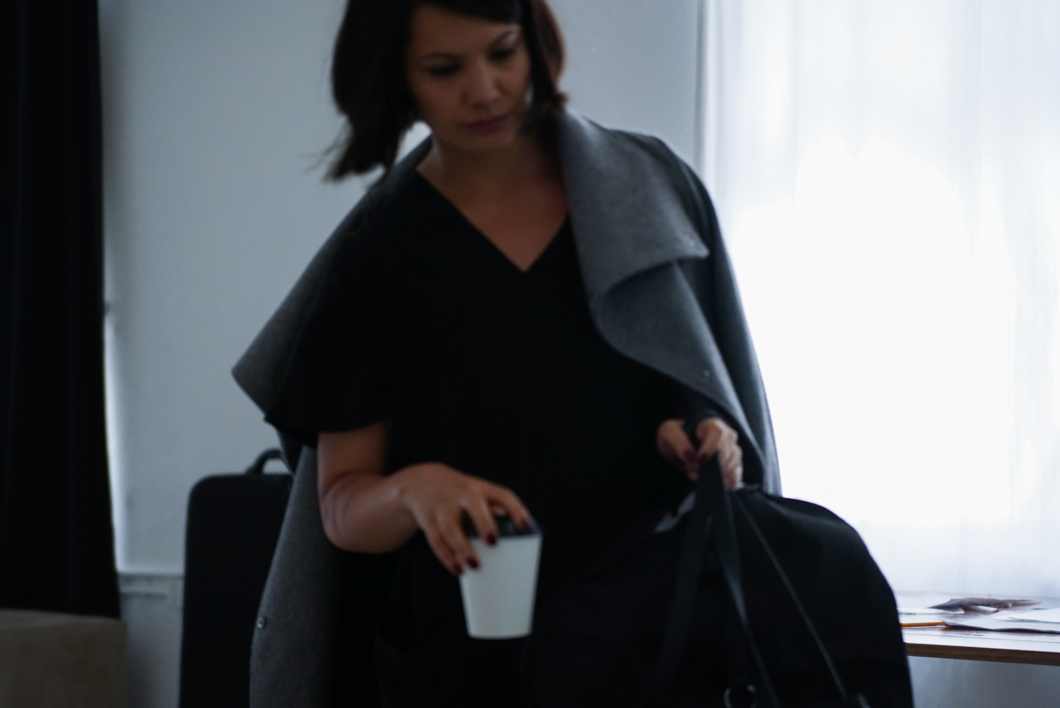
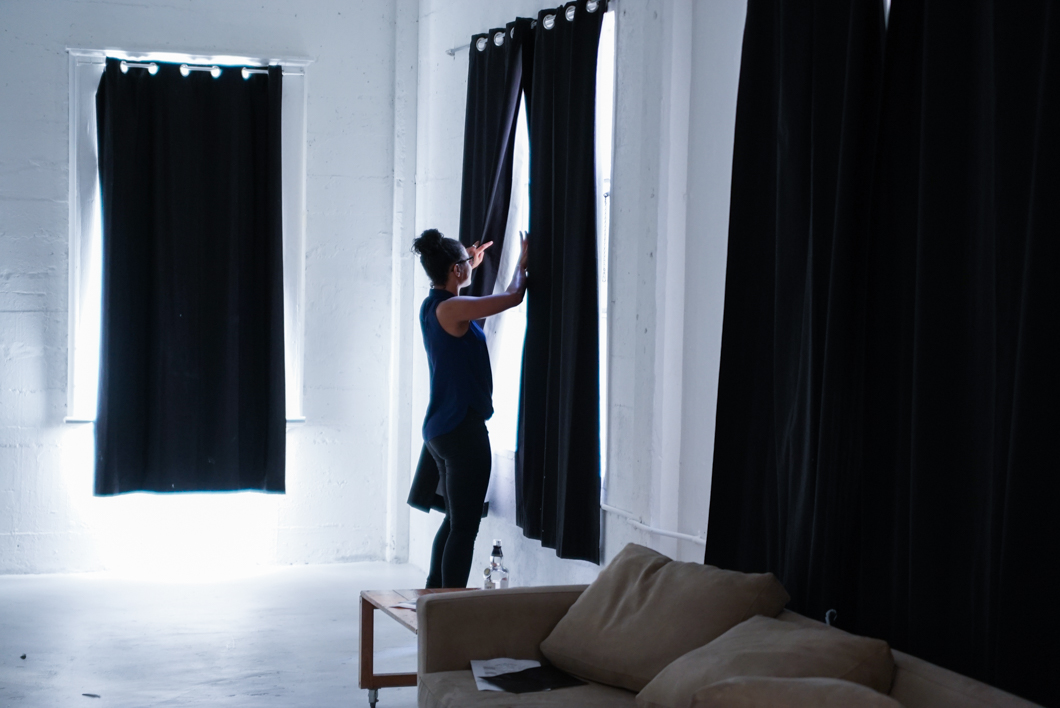
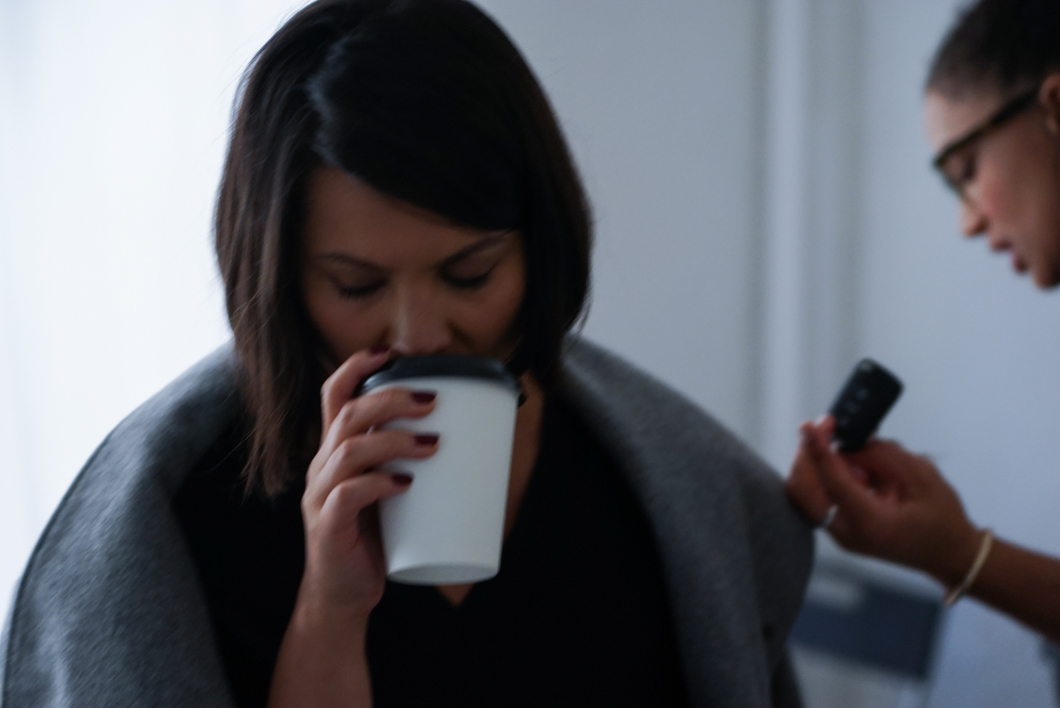
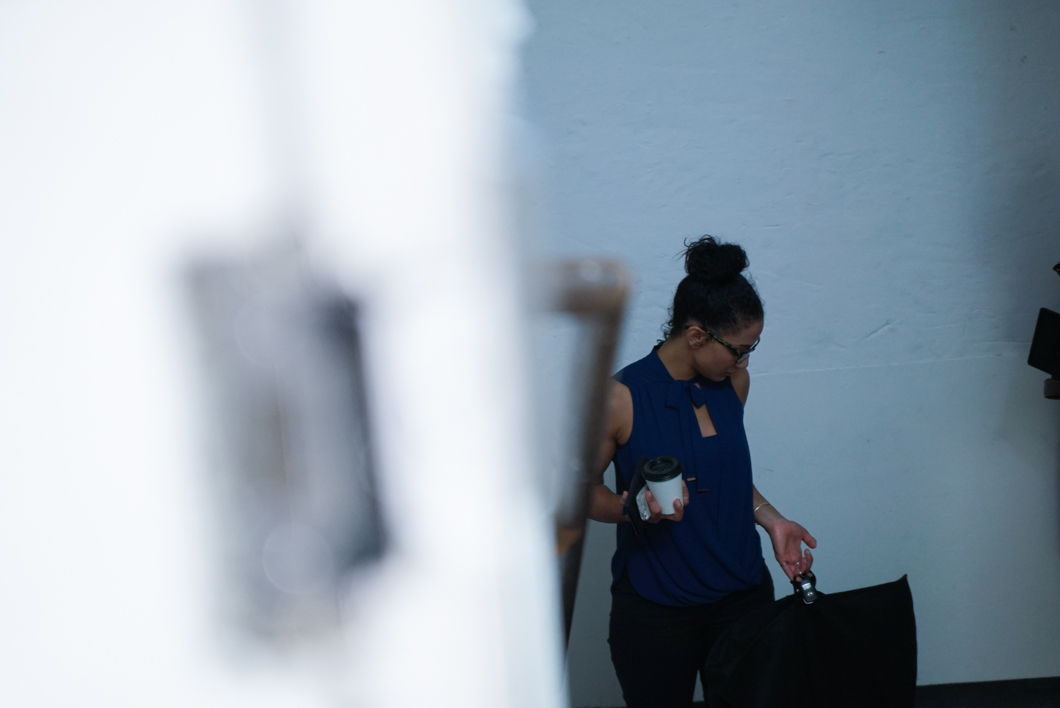
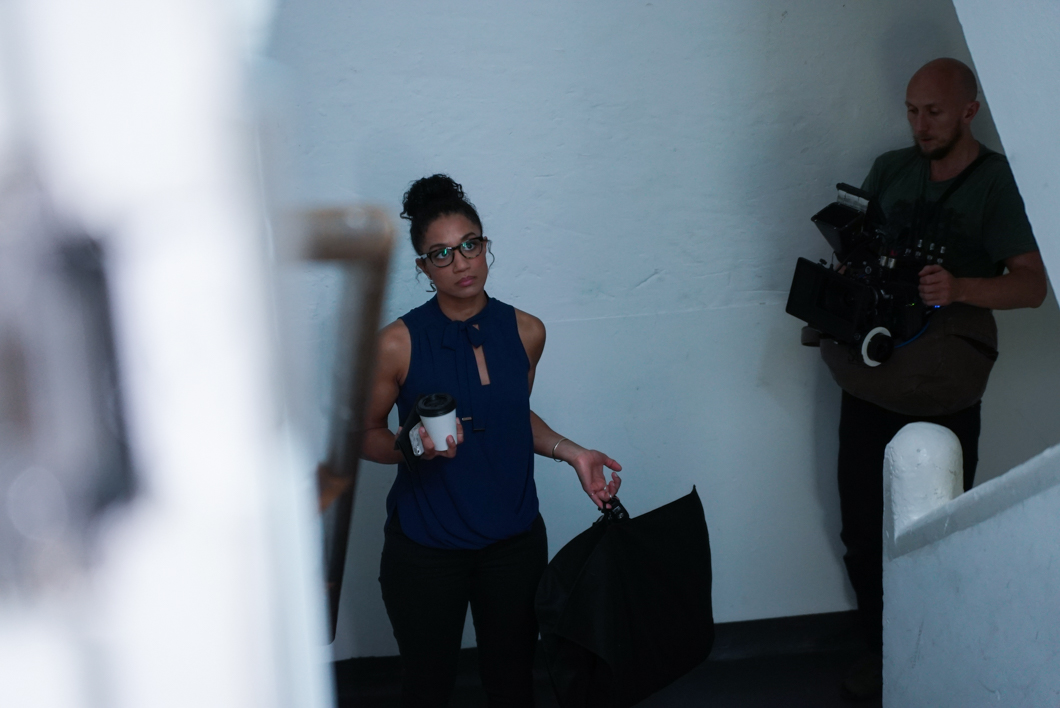



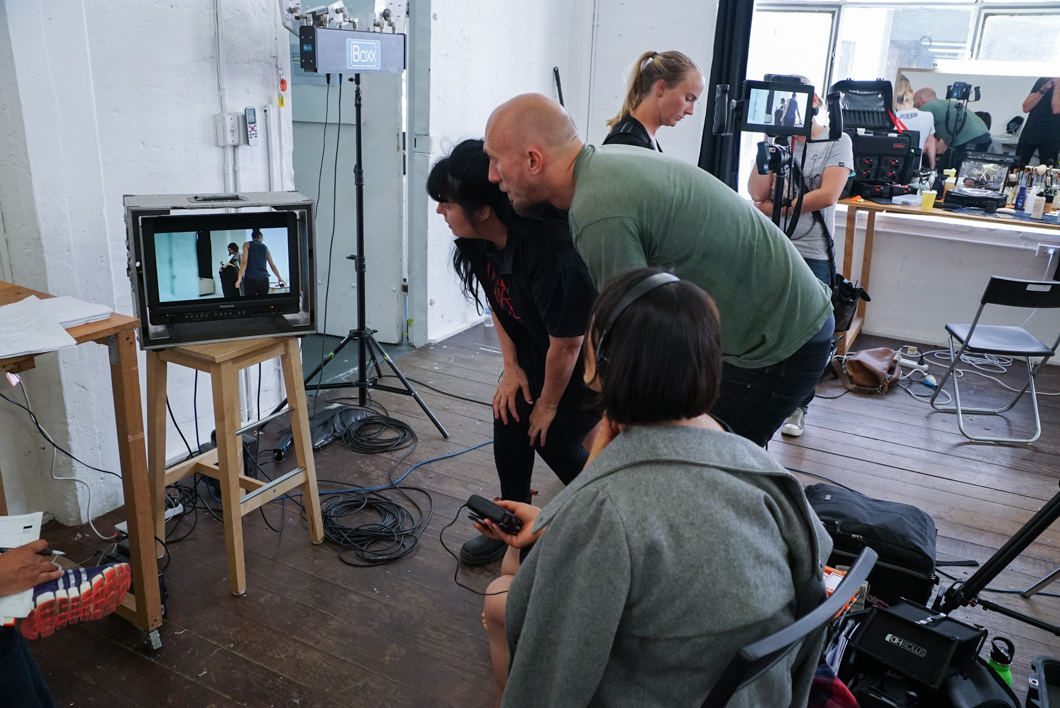
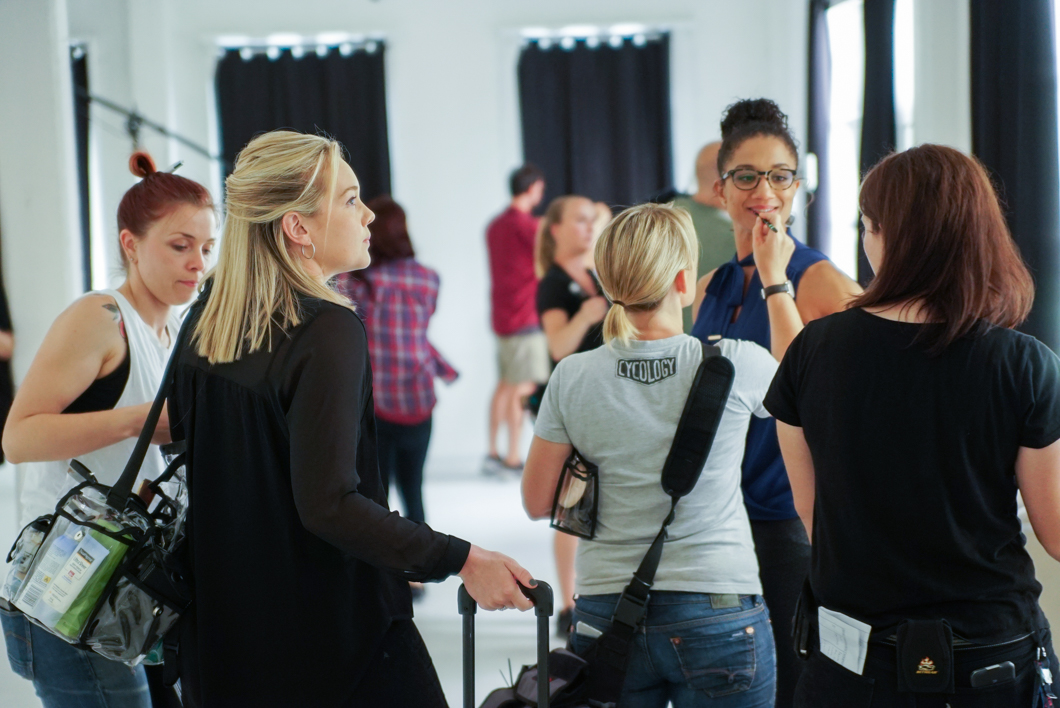

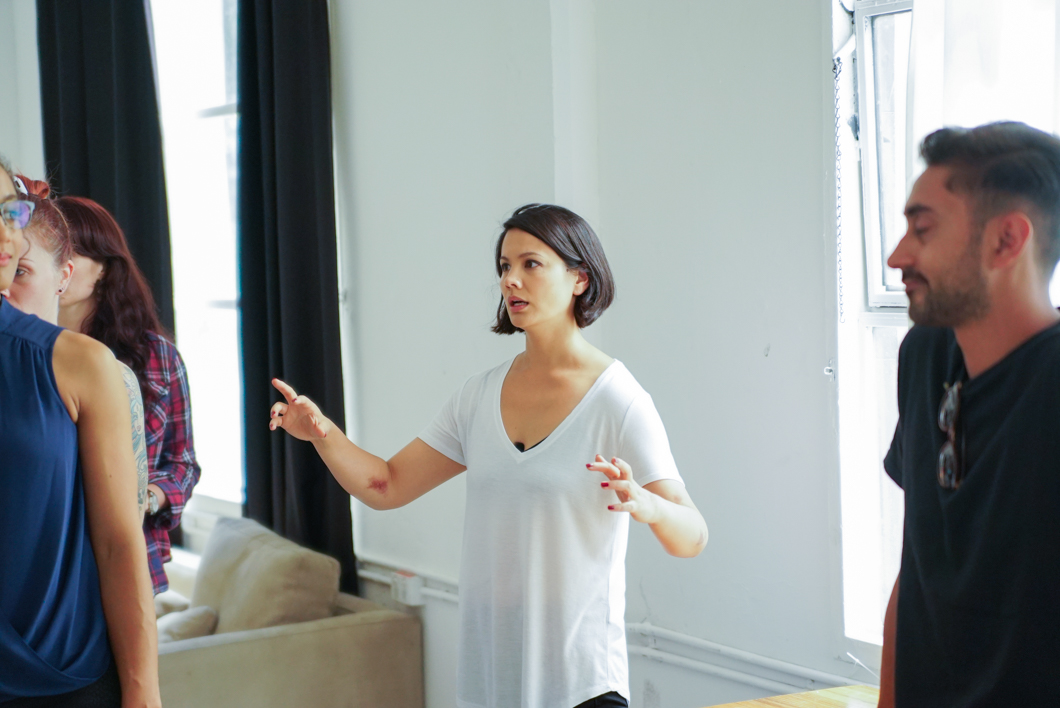
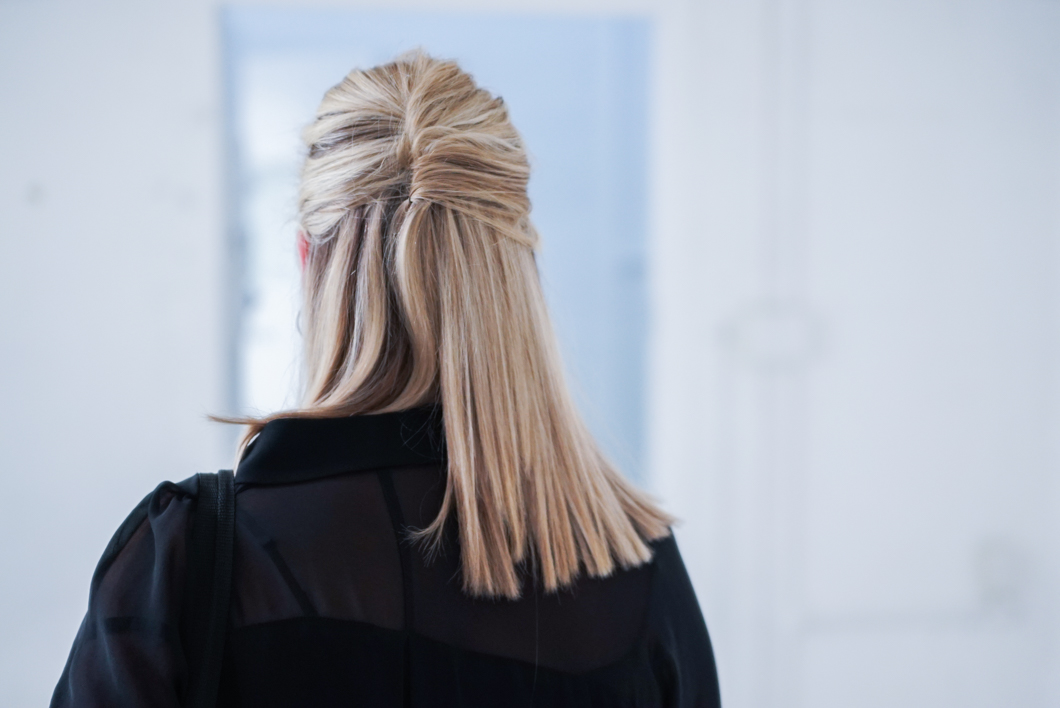

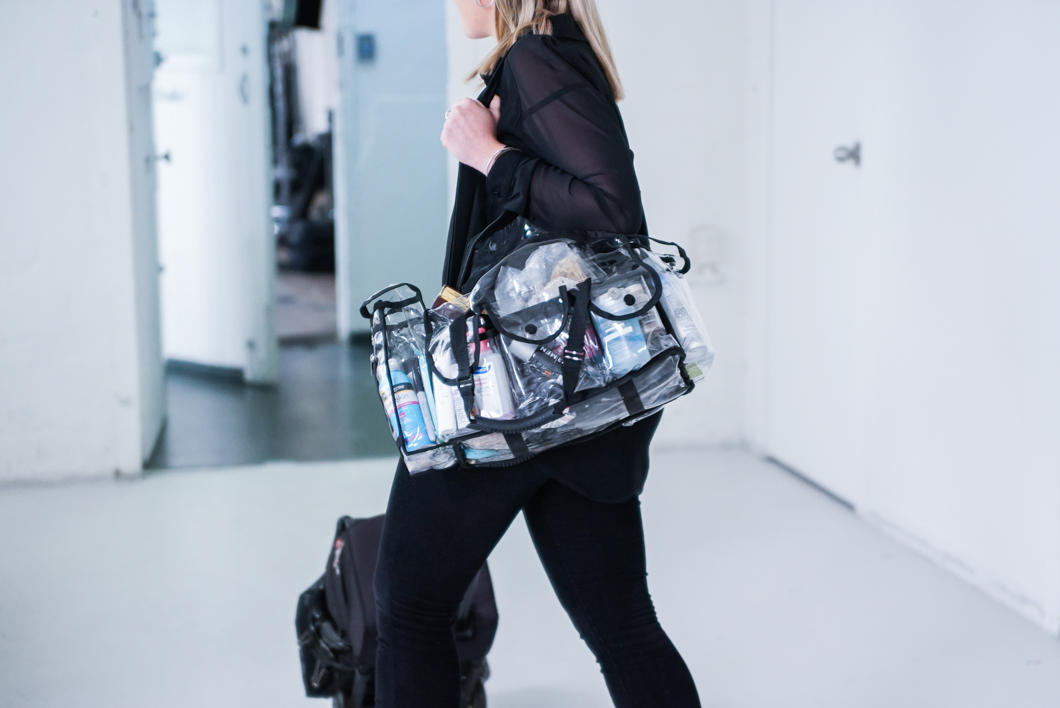
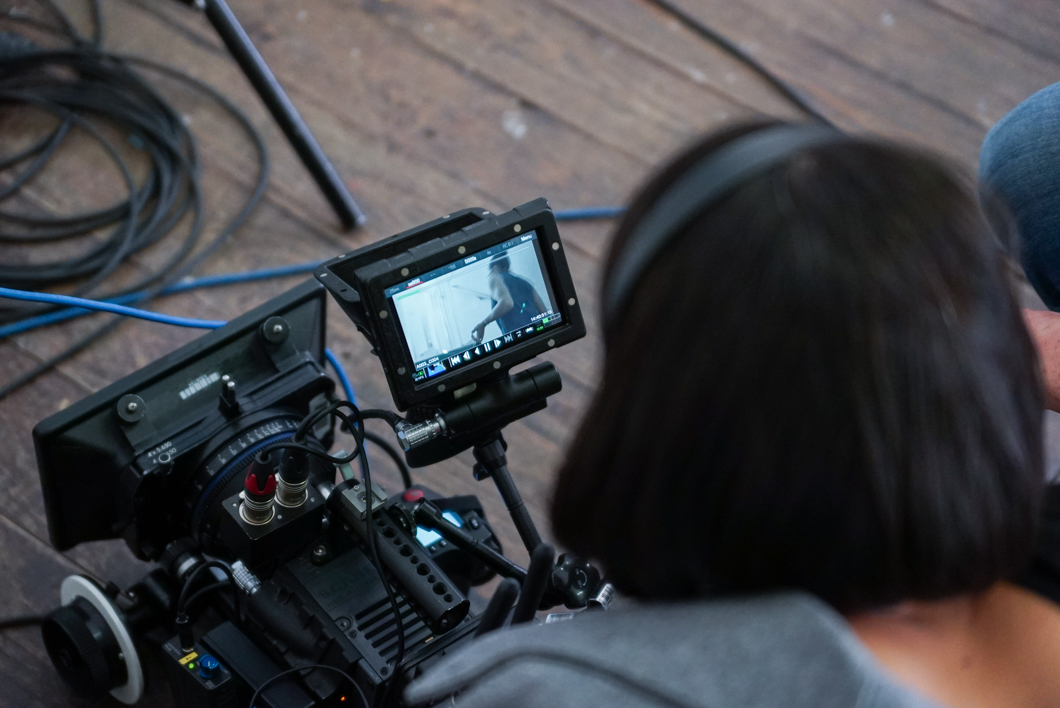
FILM CREDITS
Cast:
Marion: Ming-Zhu Hii
Laura: Naomi Rukavina
Isabella: Grace Quealy
Photographer: Lachlan Woods
Make-Up Artist: Edwina Samuels
Crew:
Director: Ming-Zhu Hii
Producer(s): Nicholas Coghlan, Alexandra Curtis and Ming-Zhu Hii
Screenwriter: Ming-Zhu Hii
Director of Photography: David Franjic
Editor(s): Ming-Zhu Hii and Florence Holmes
Sound Designer: Tristan Meredith
Composer: Russell Goldsmith
Production Designer: Tami Holton
Costume Designer: Tami Holton
Hair & Makeup: Danni McDowell
First Assistant Director: Neil Sharma
Second Assistant Director: Lucia Smyrk
Sound Recordist: Ann Aucote
First Camera Assistant: Kitty Allwood
Gaffer: Jesse Moyes
Script Supervisor: Claire Ewart
Boom Operator: Helen McGrath
Art Department: Raffaella Caluzzi
Post-Production Supervisors: James Phillips & Lydia Springhall
Colourist: CJ Dobson
Production Assistant: Alistair Frearson
Stills Photography: Clare Plueckhahn
Foley Artist: Miguel Artugue
Titles: Matthew Angel
